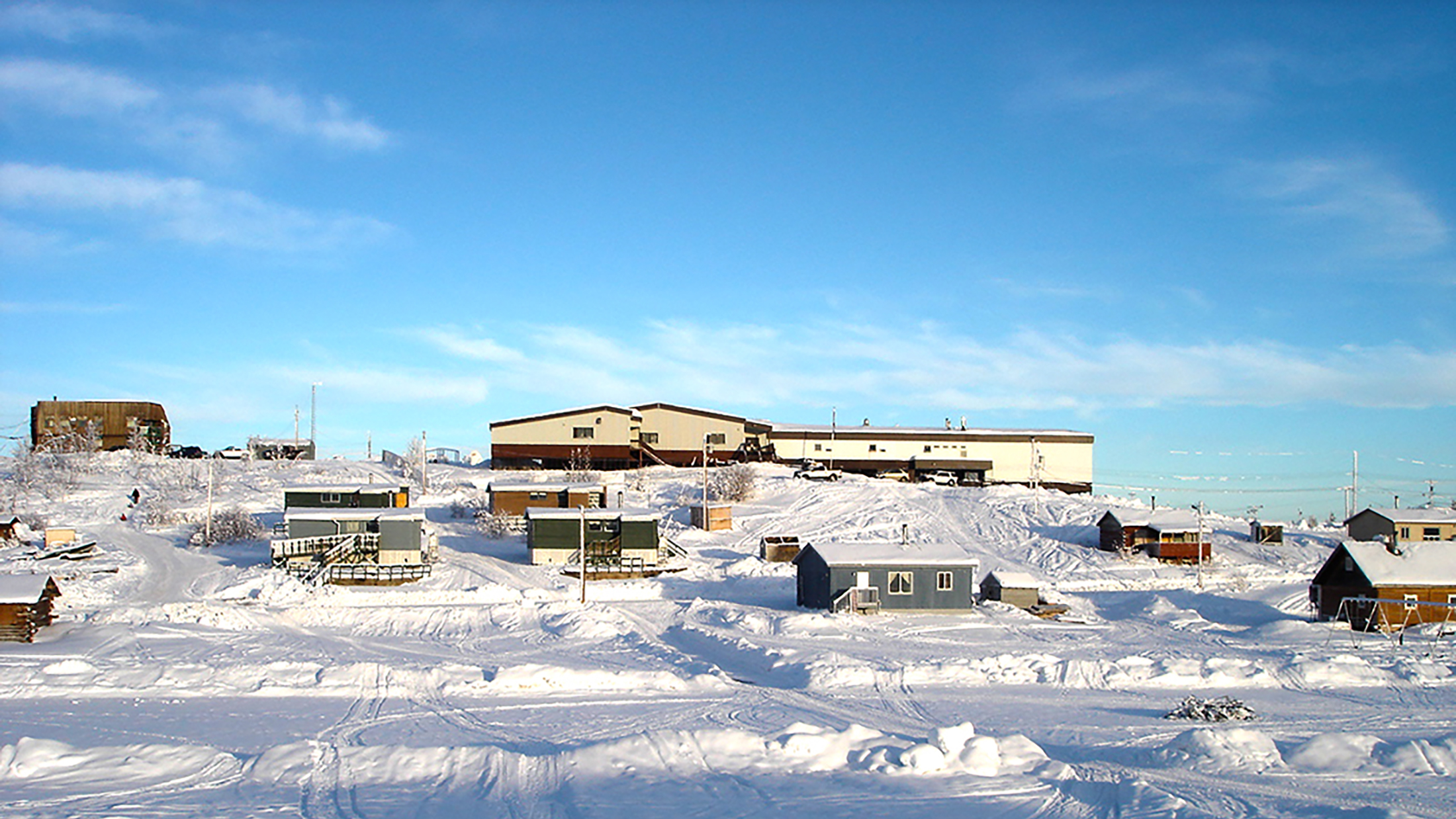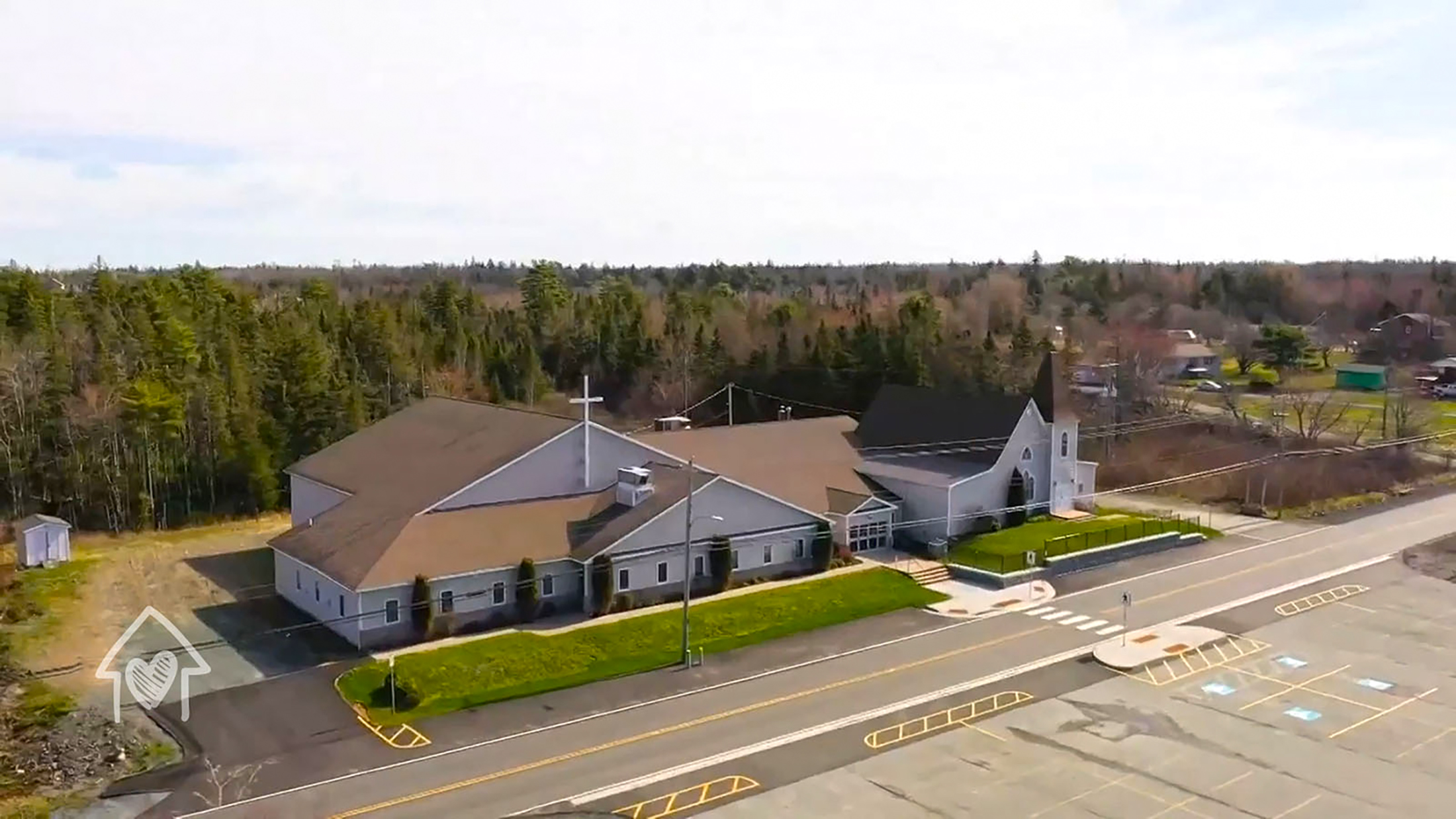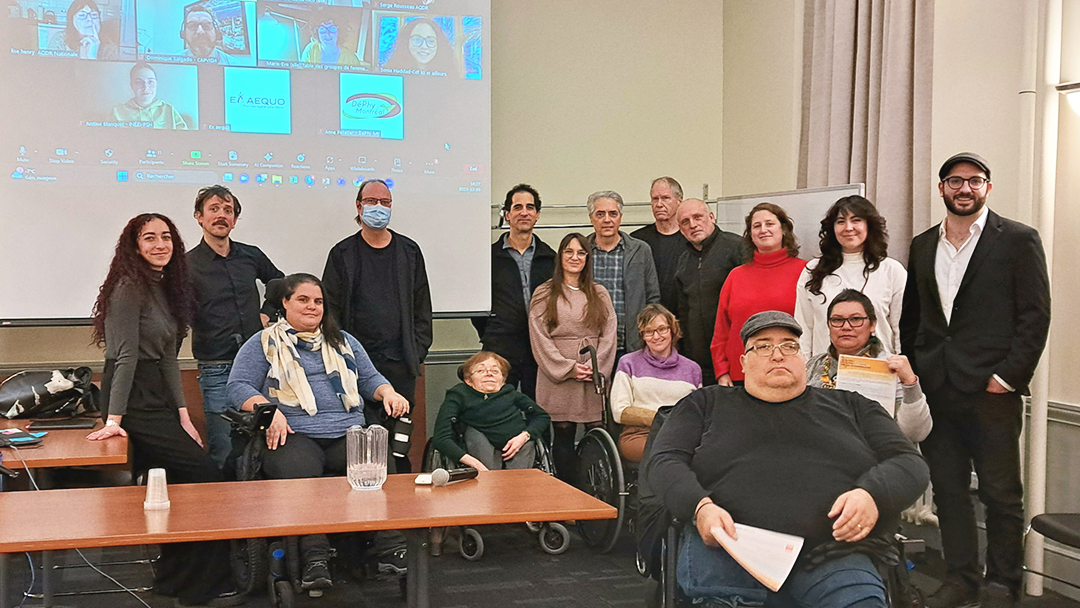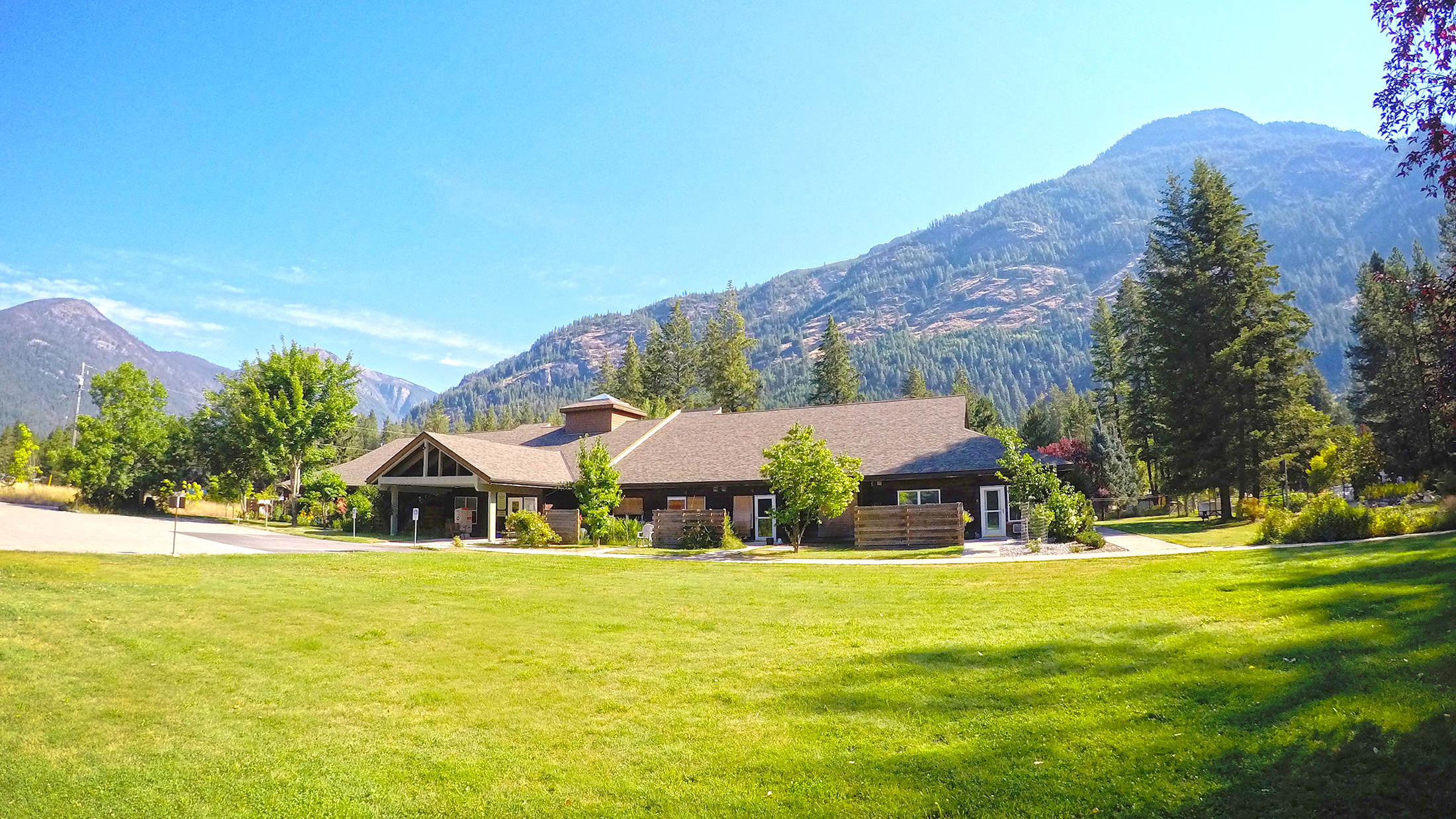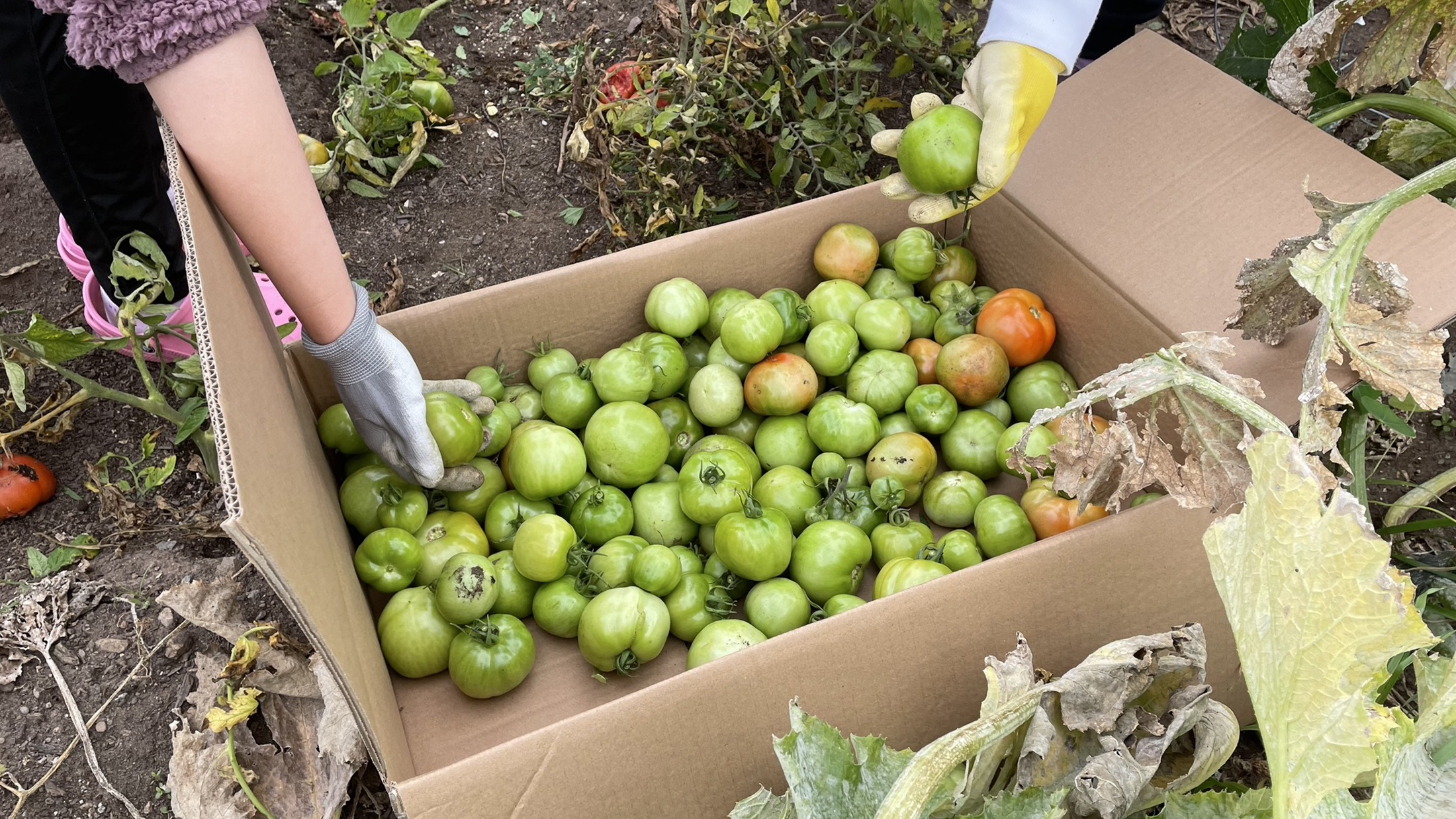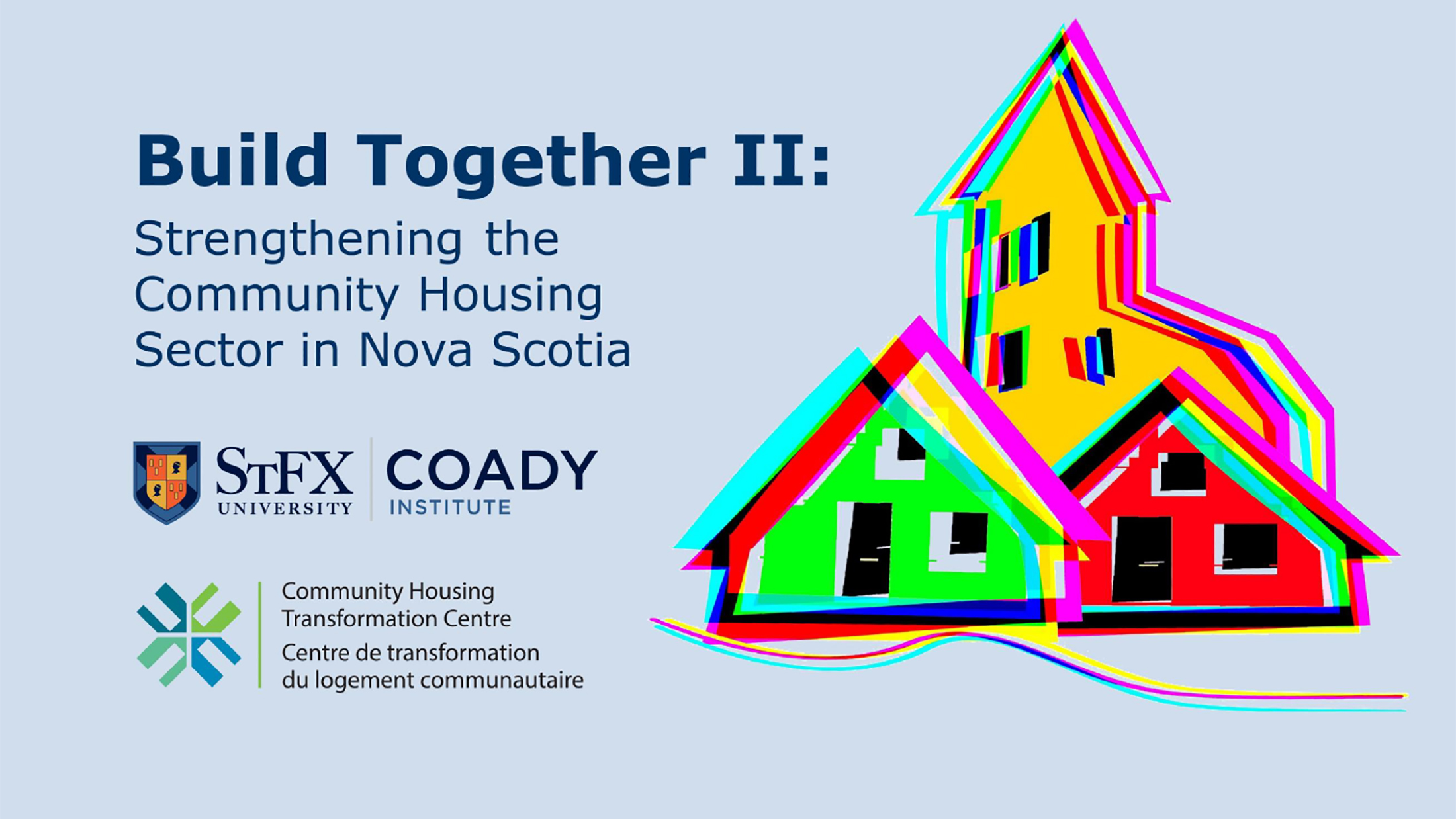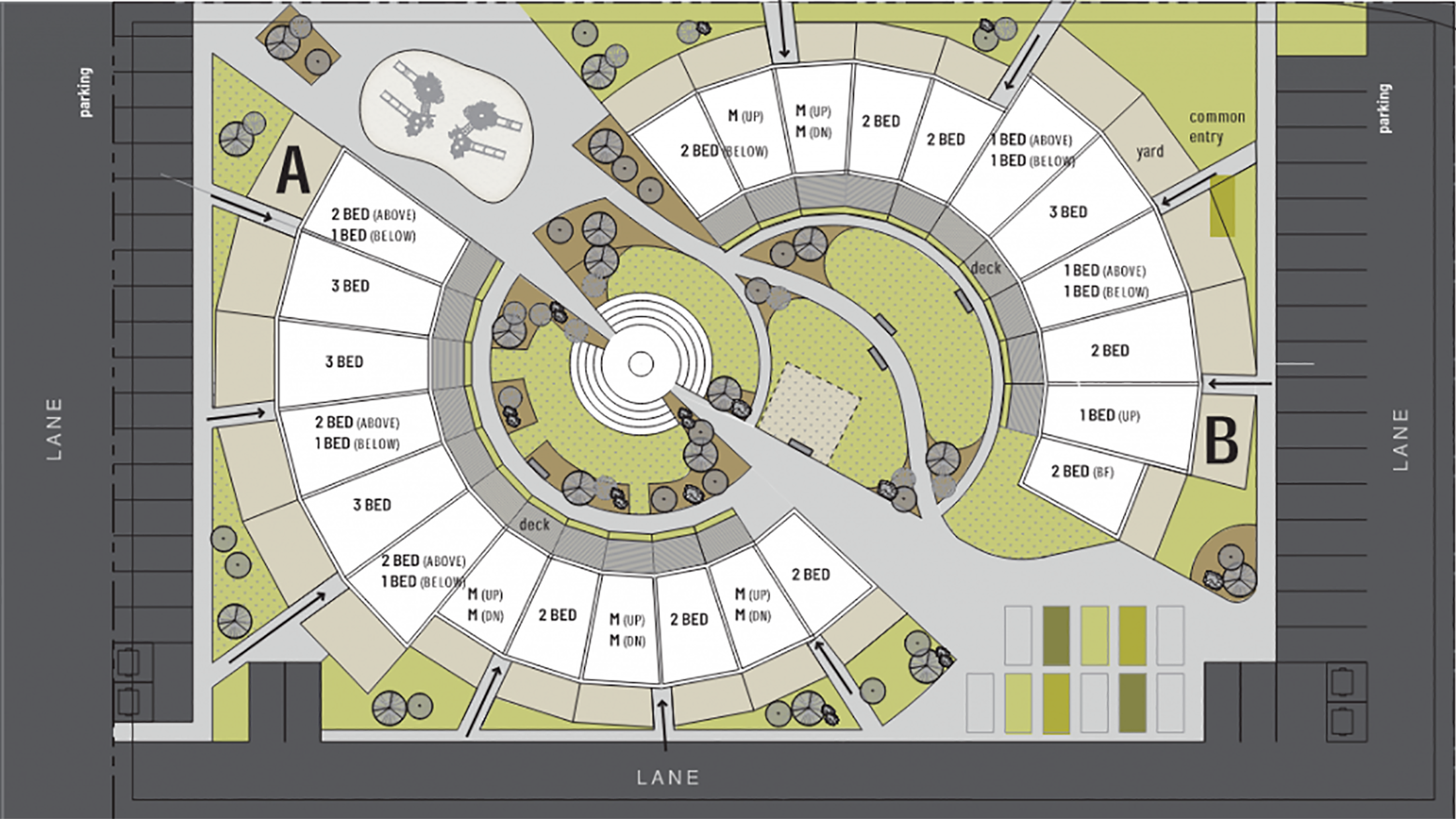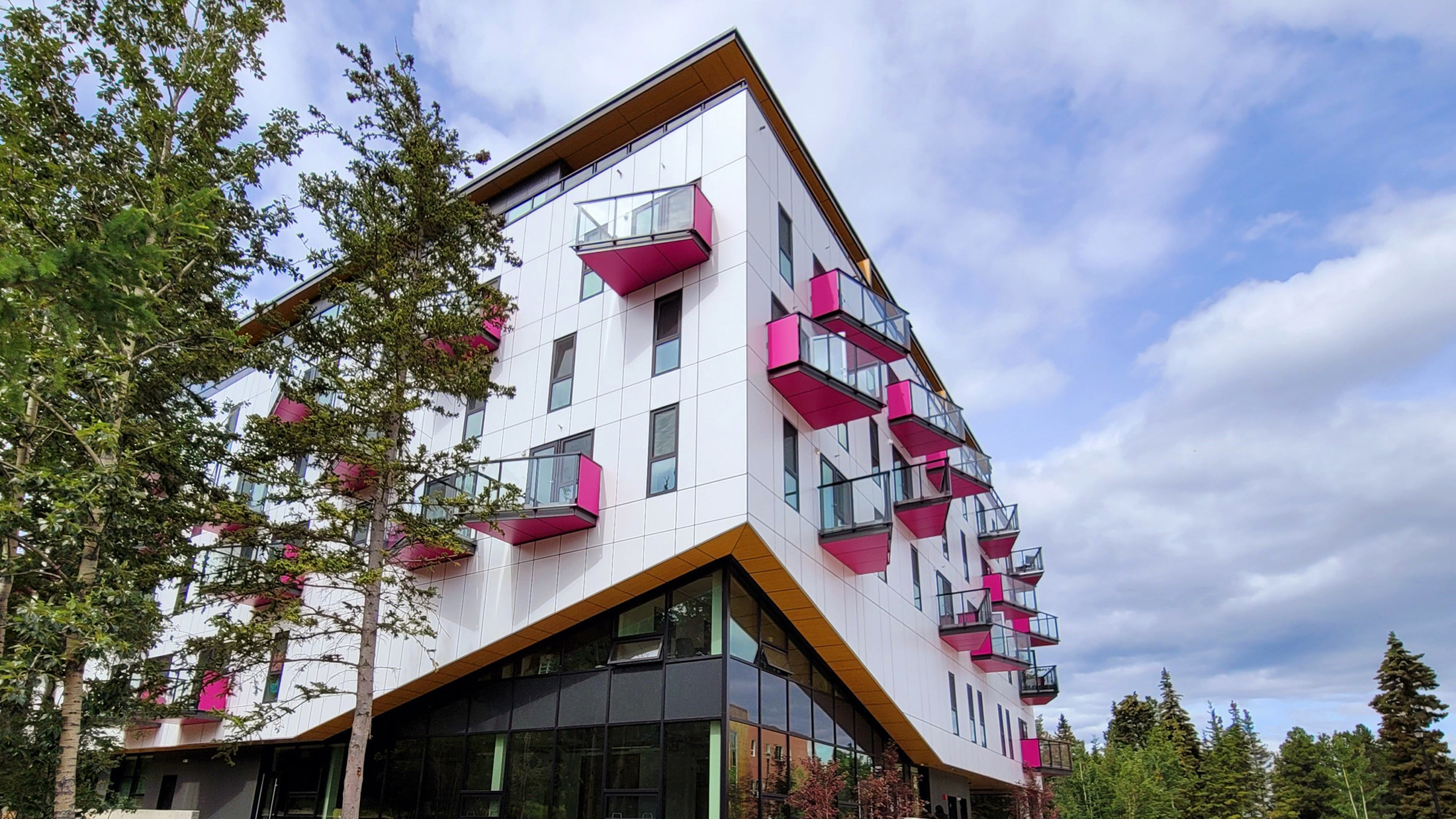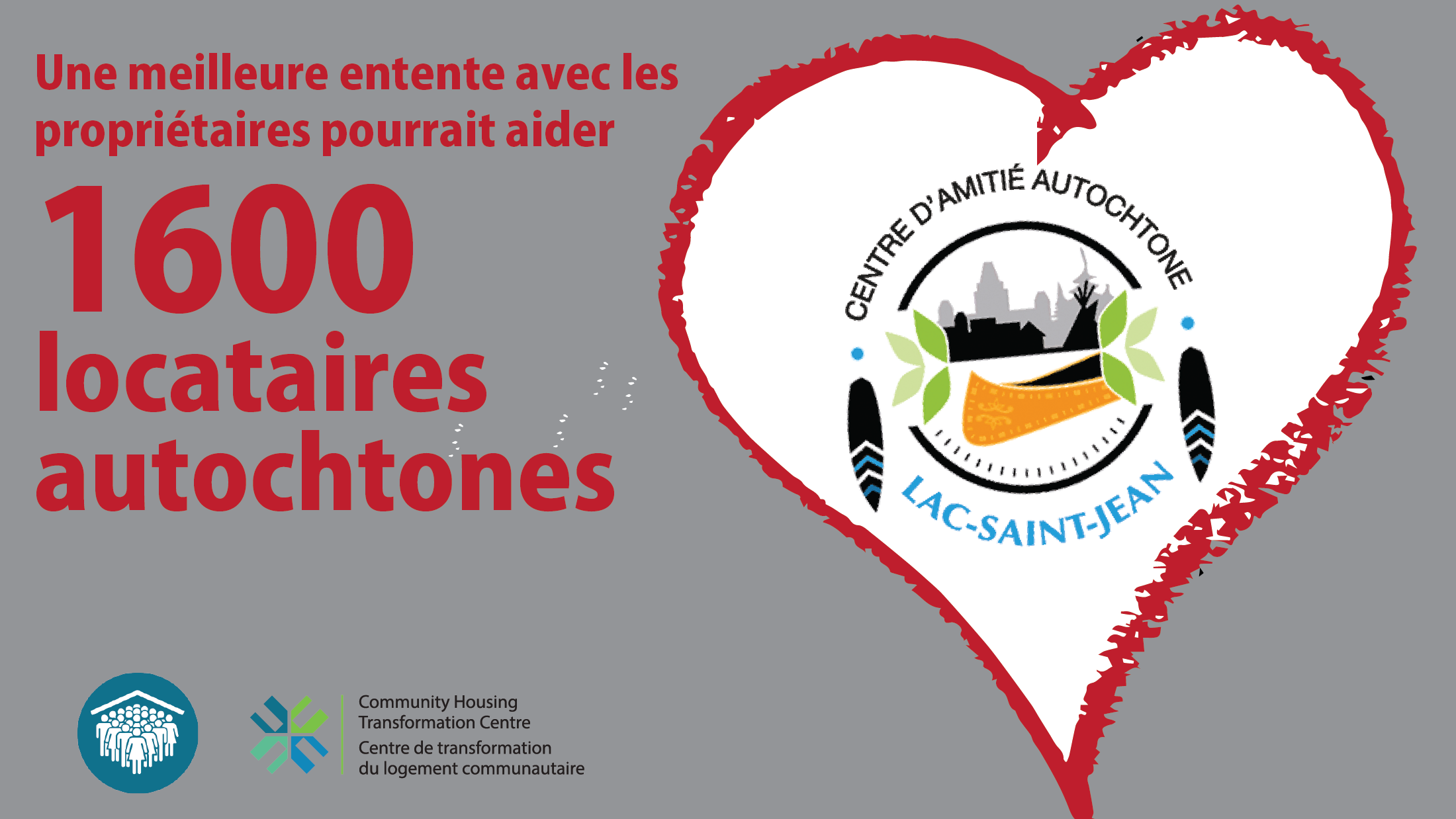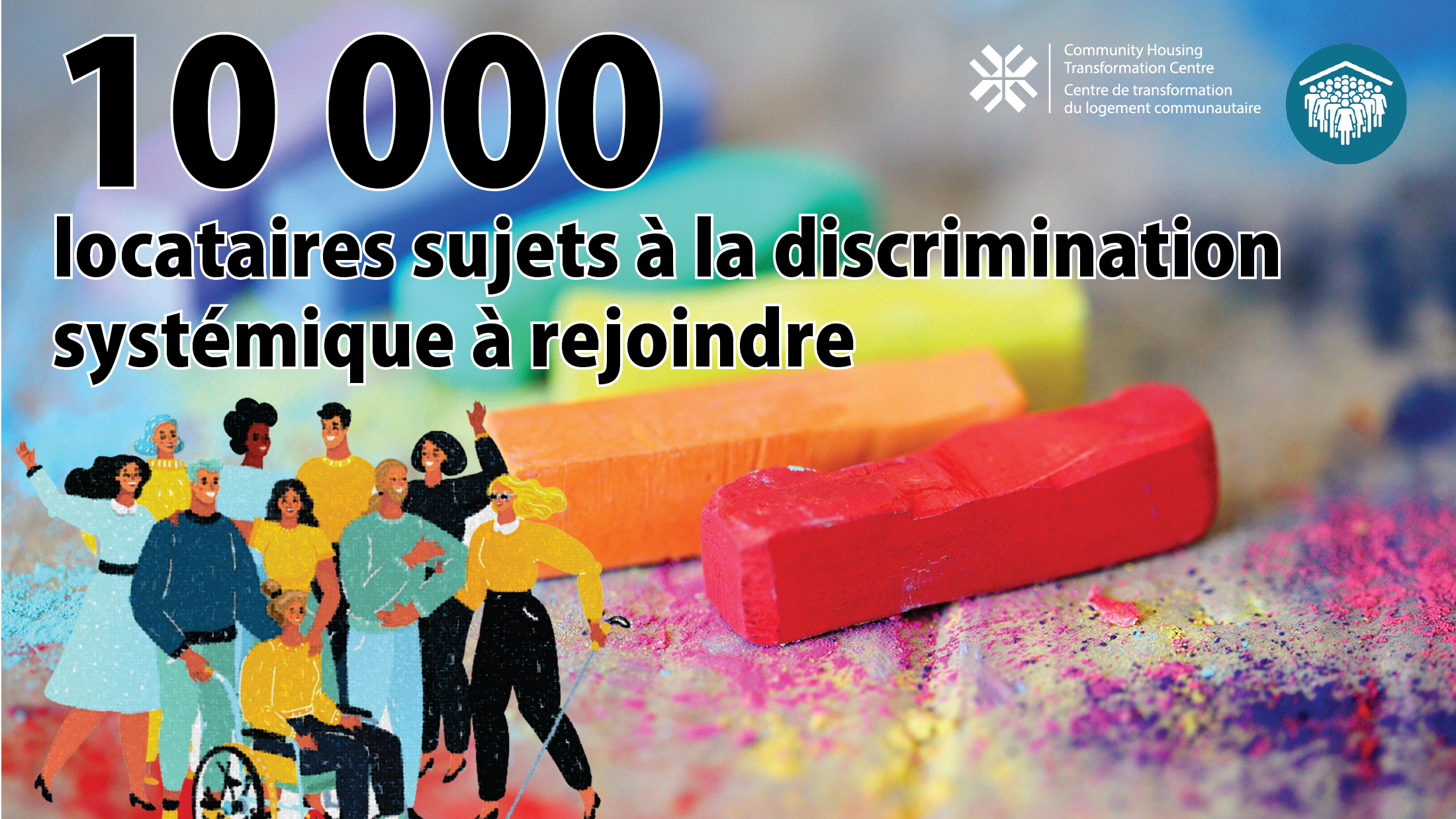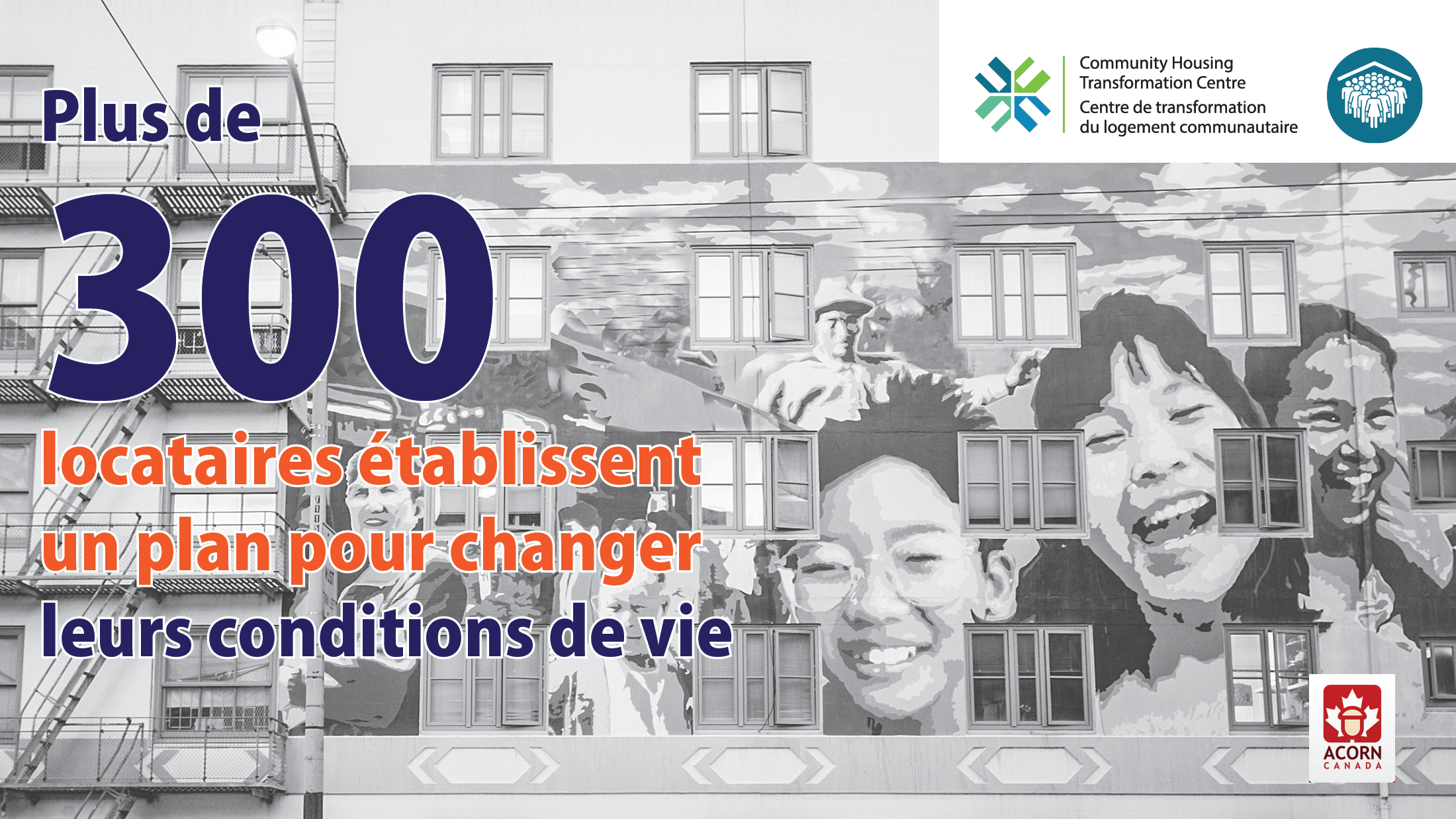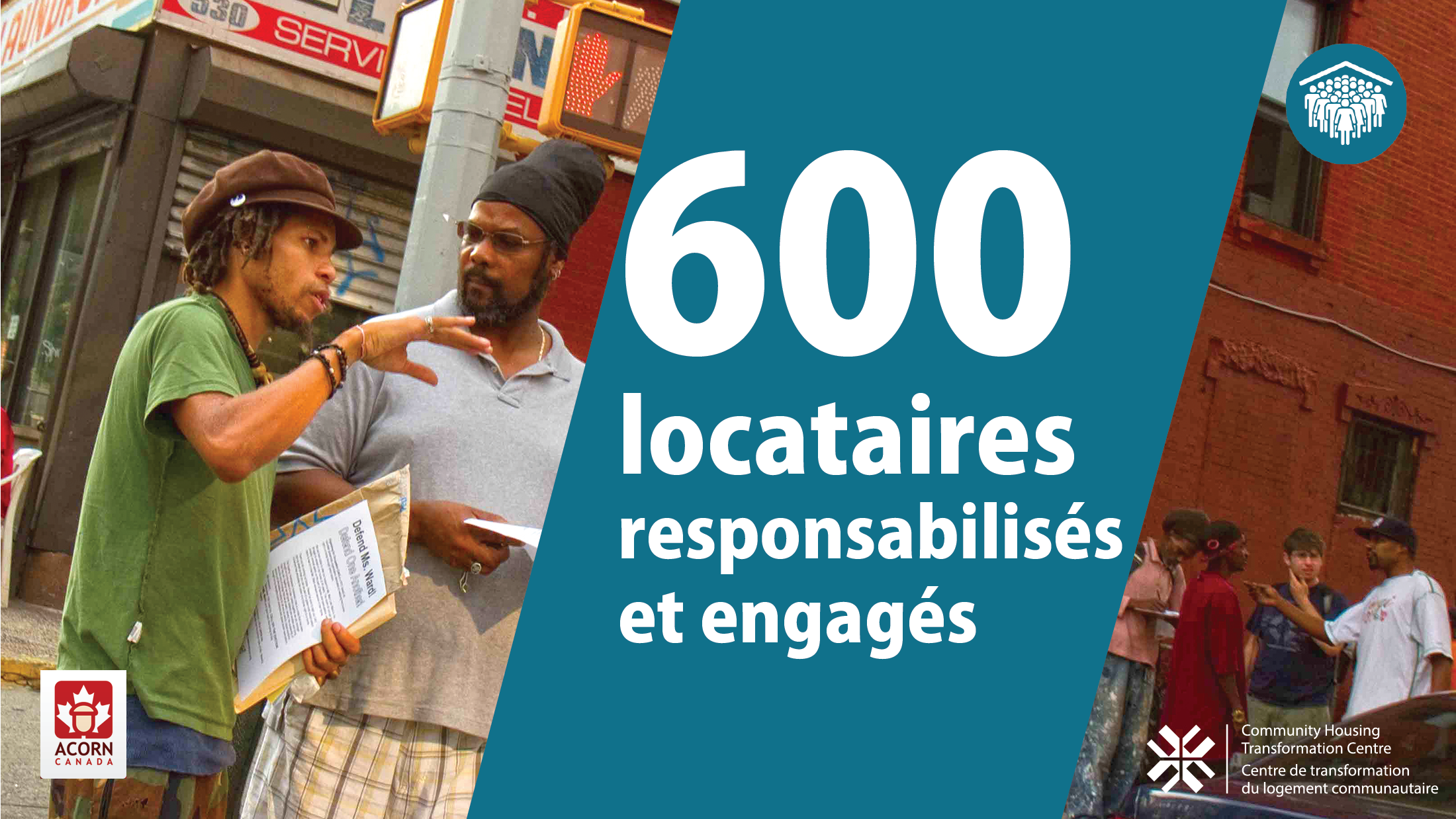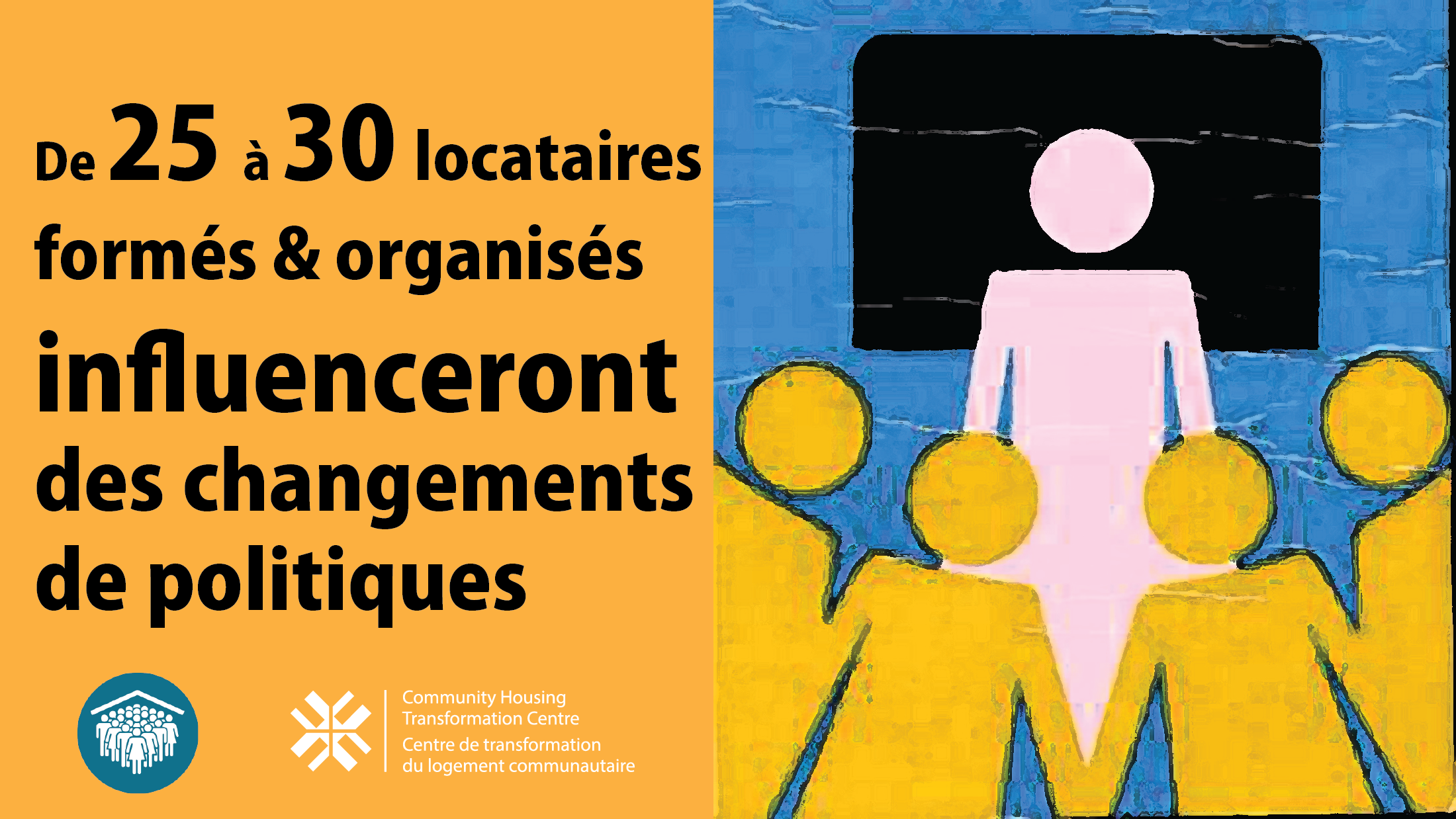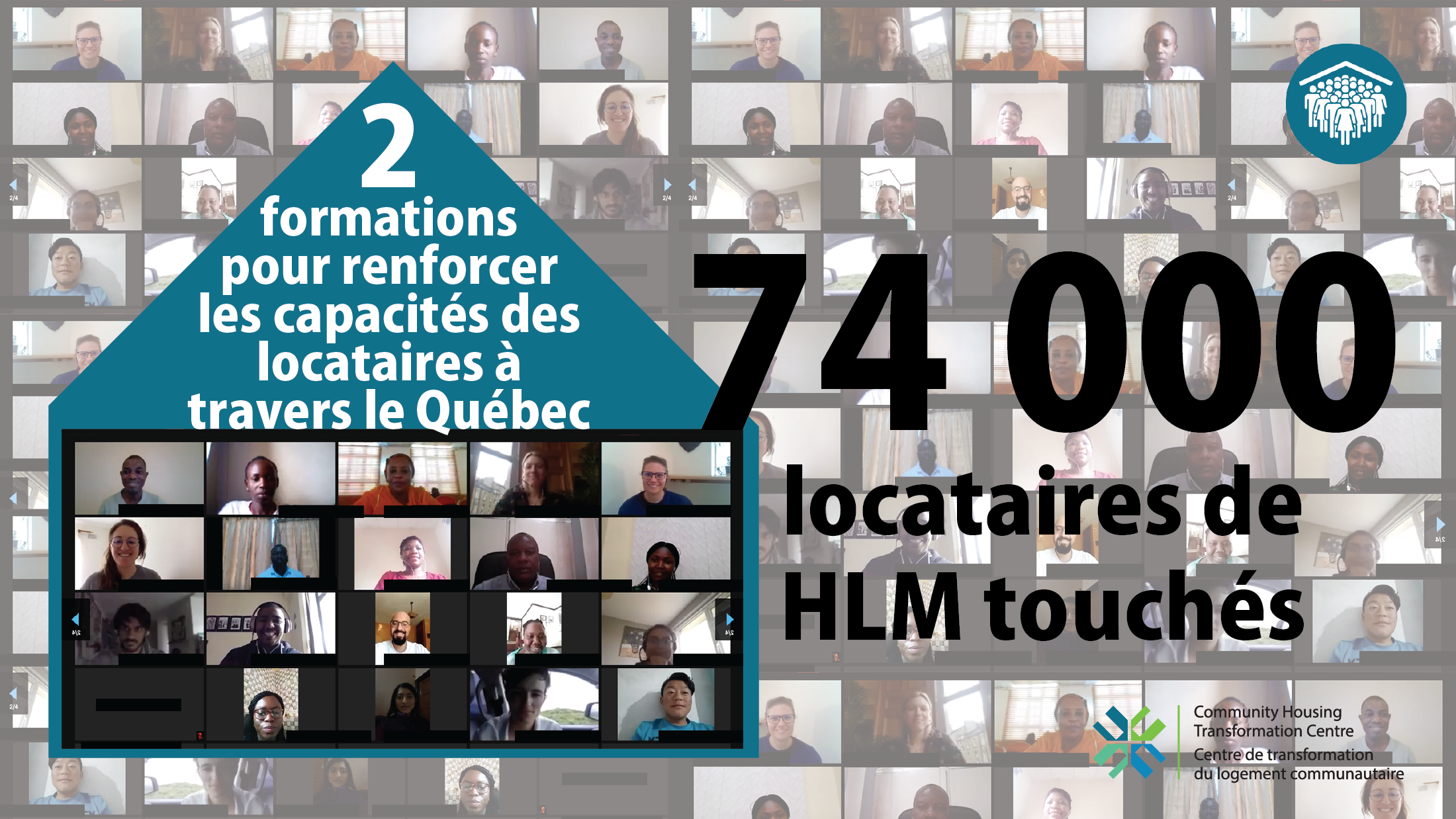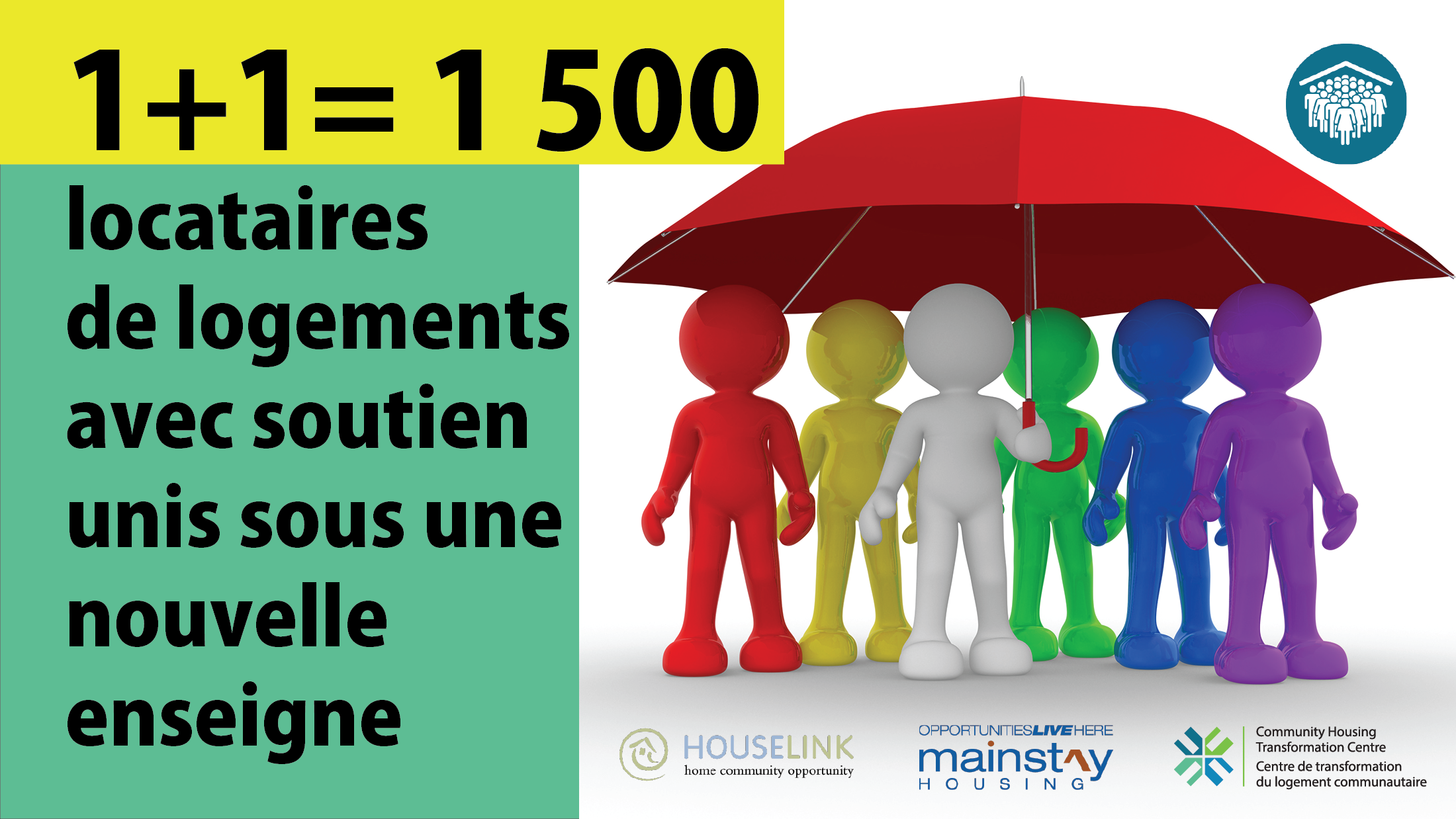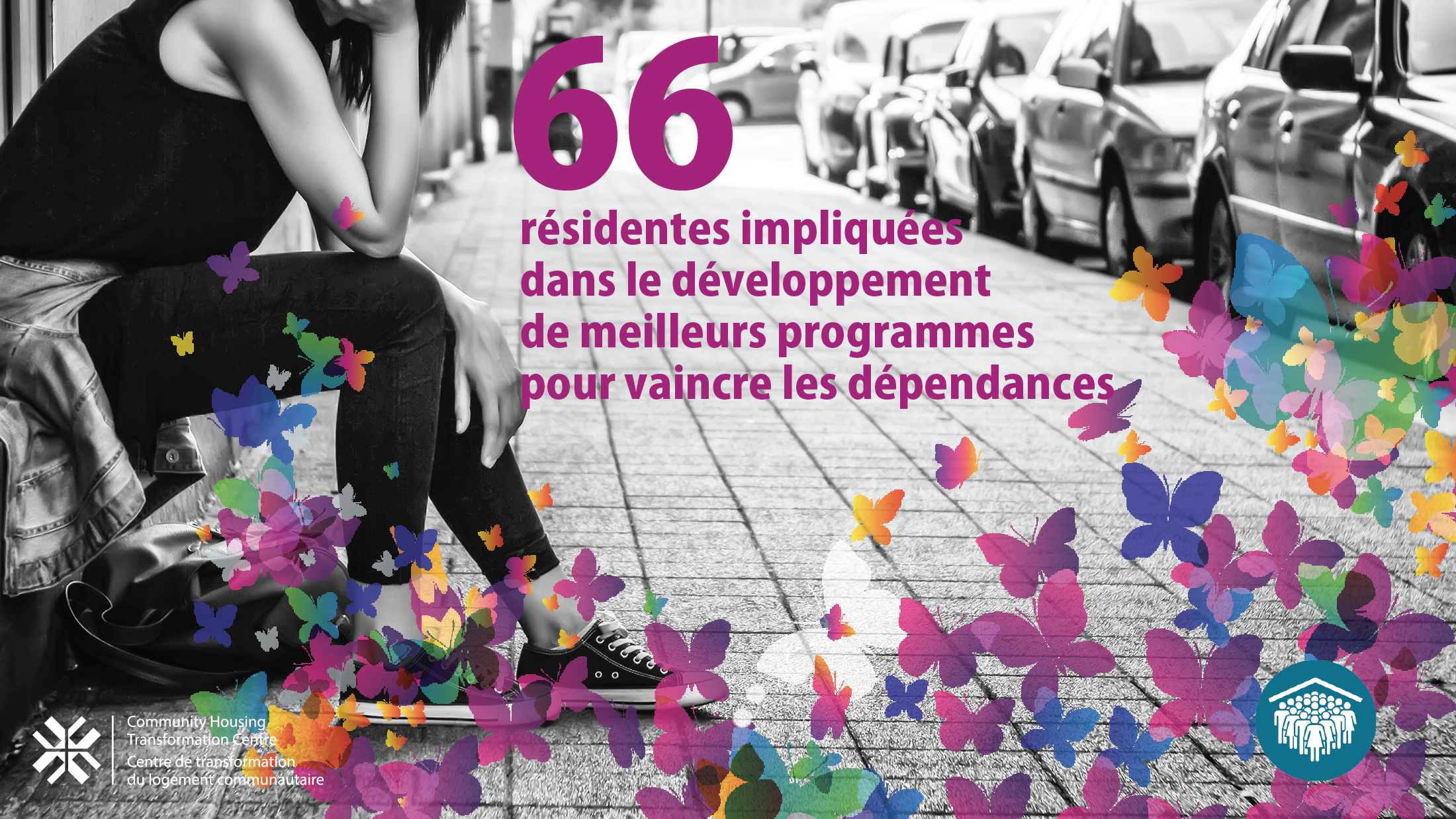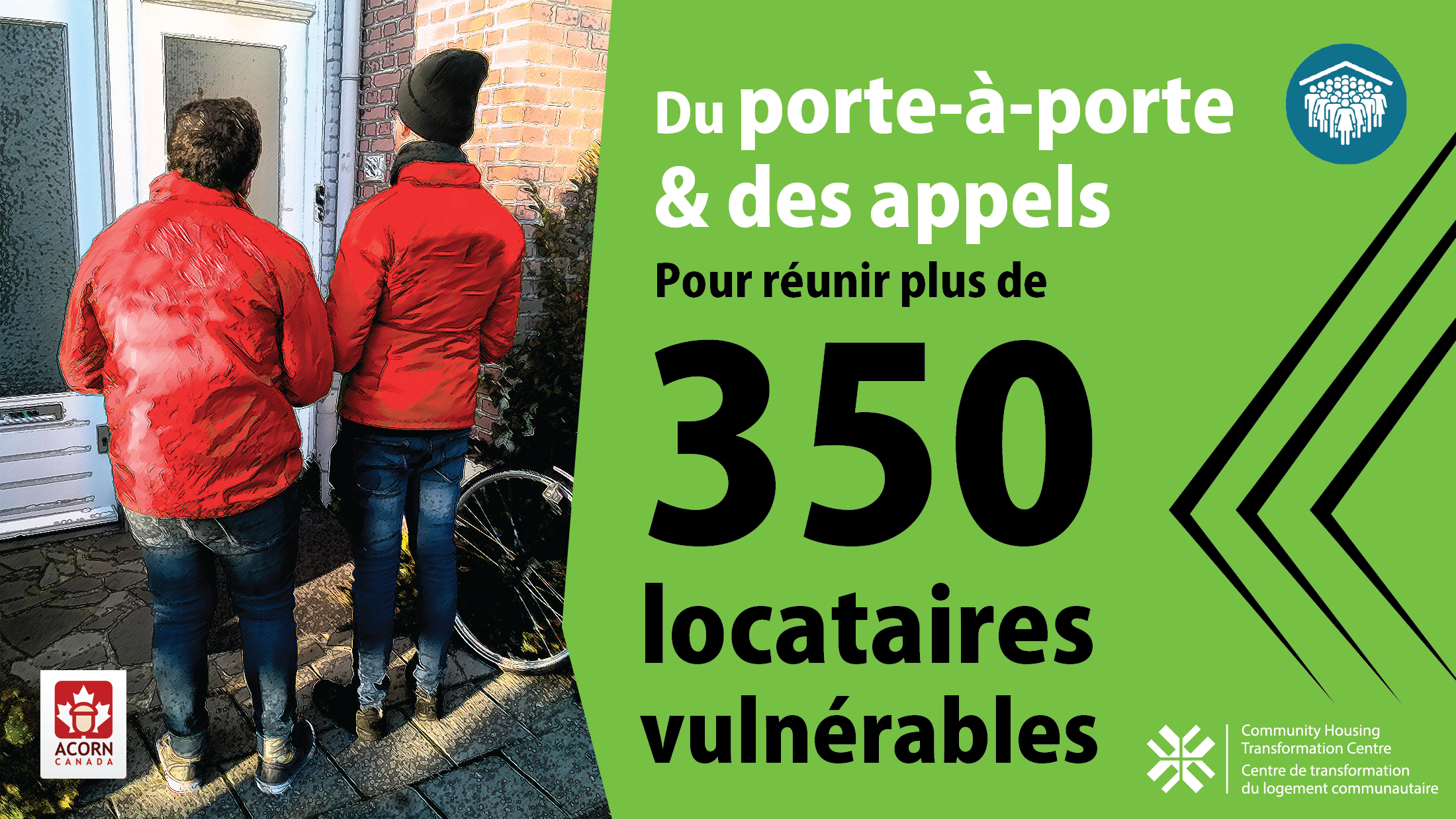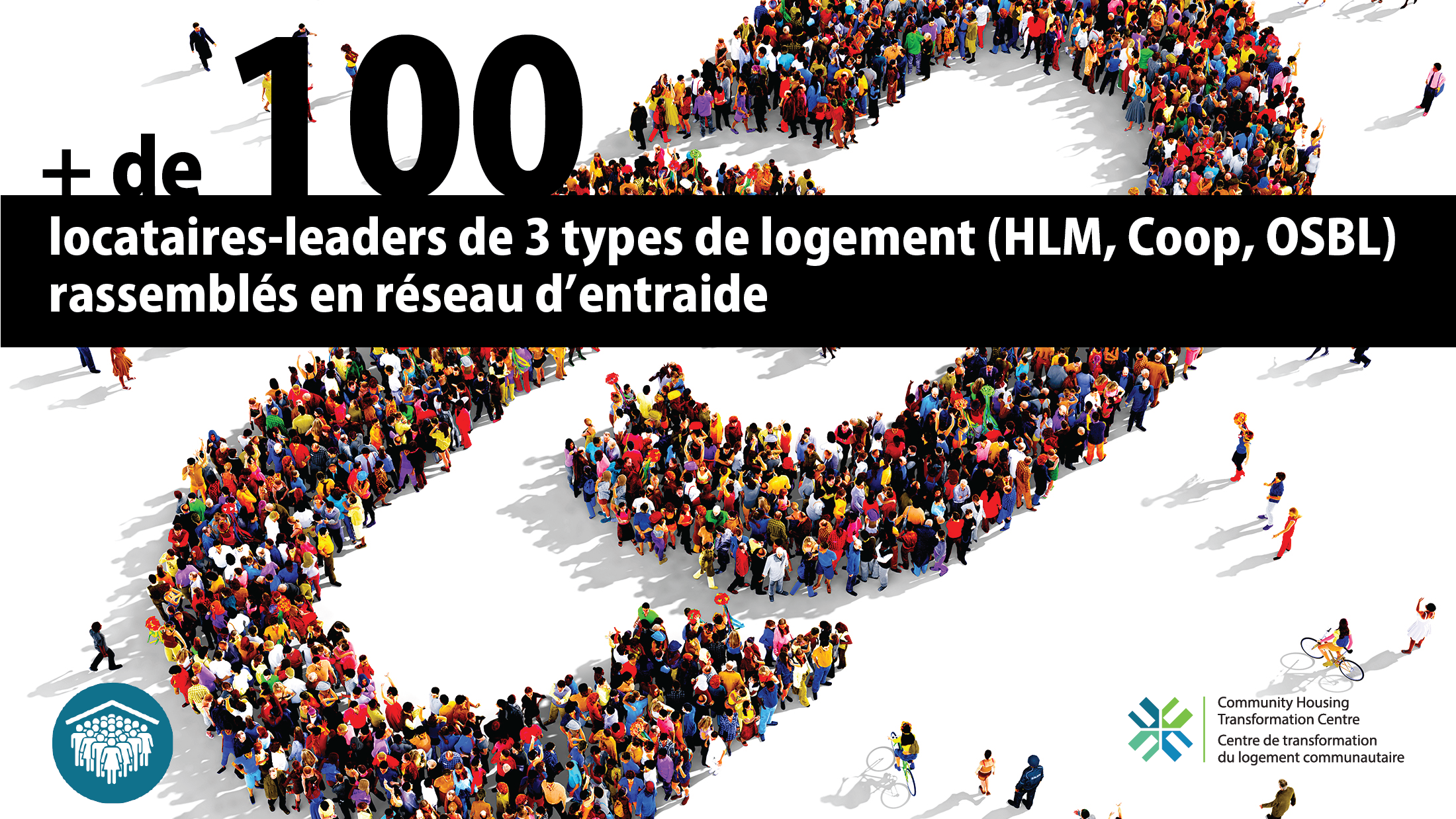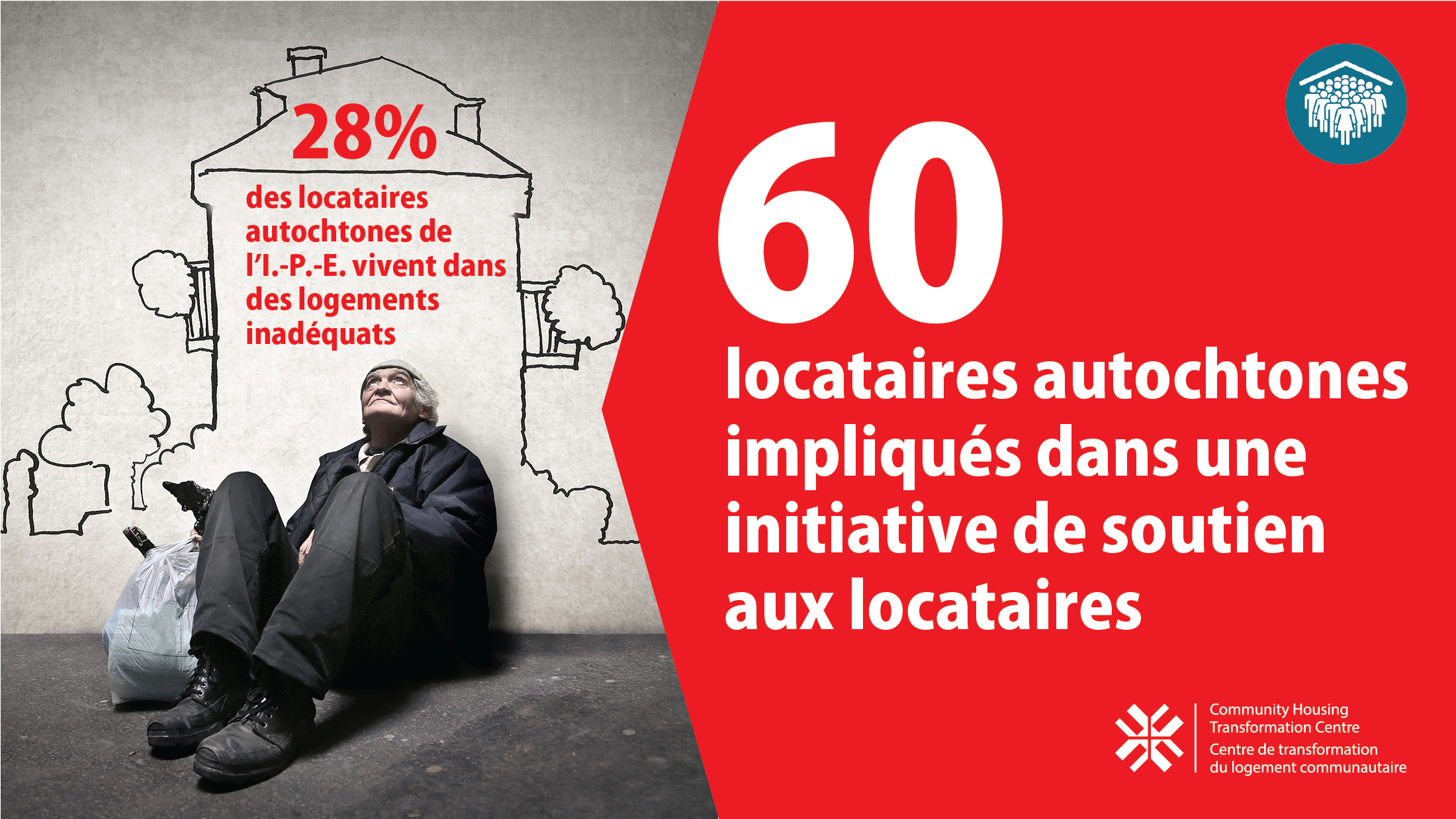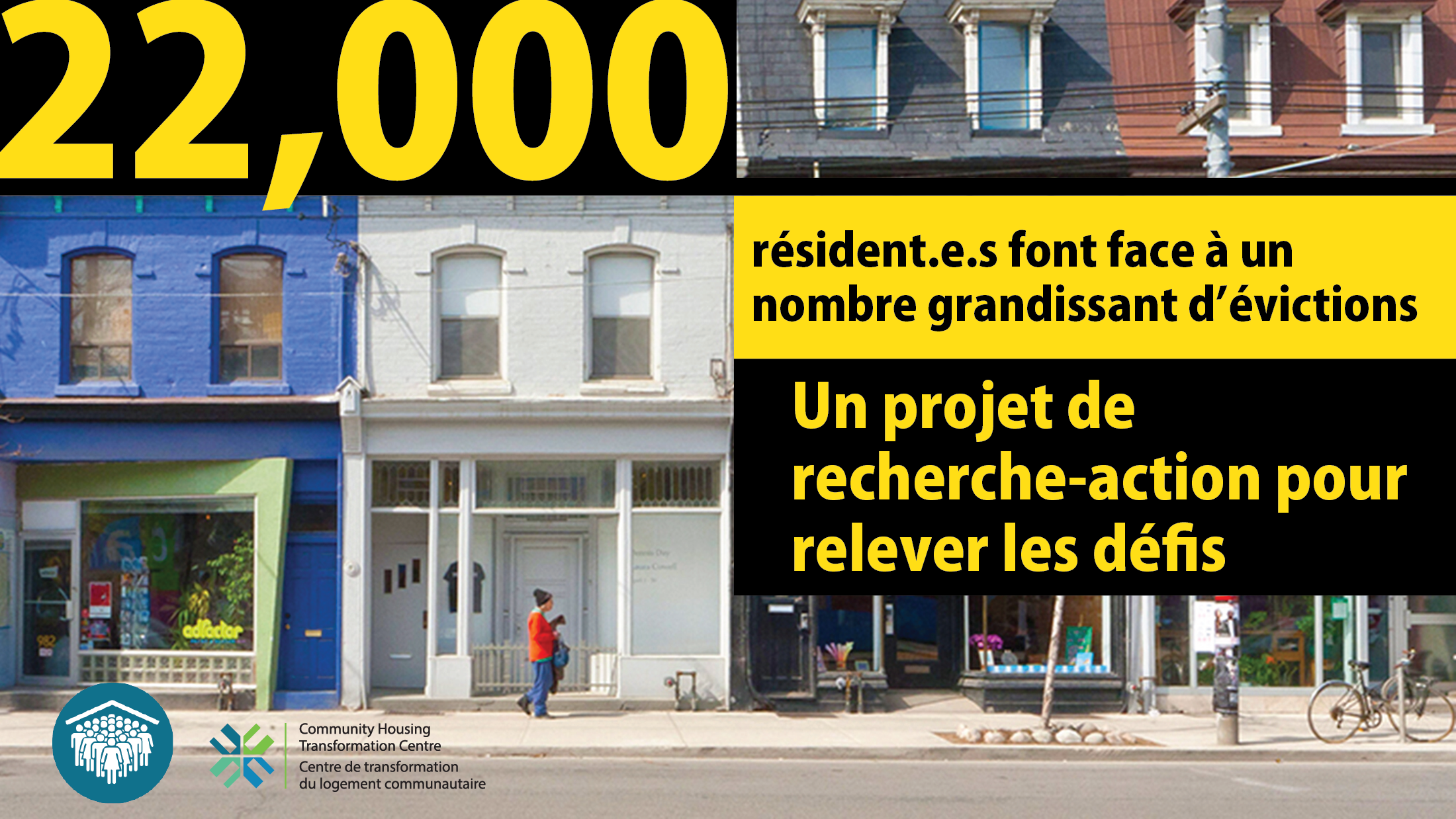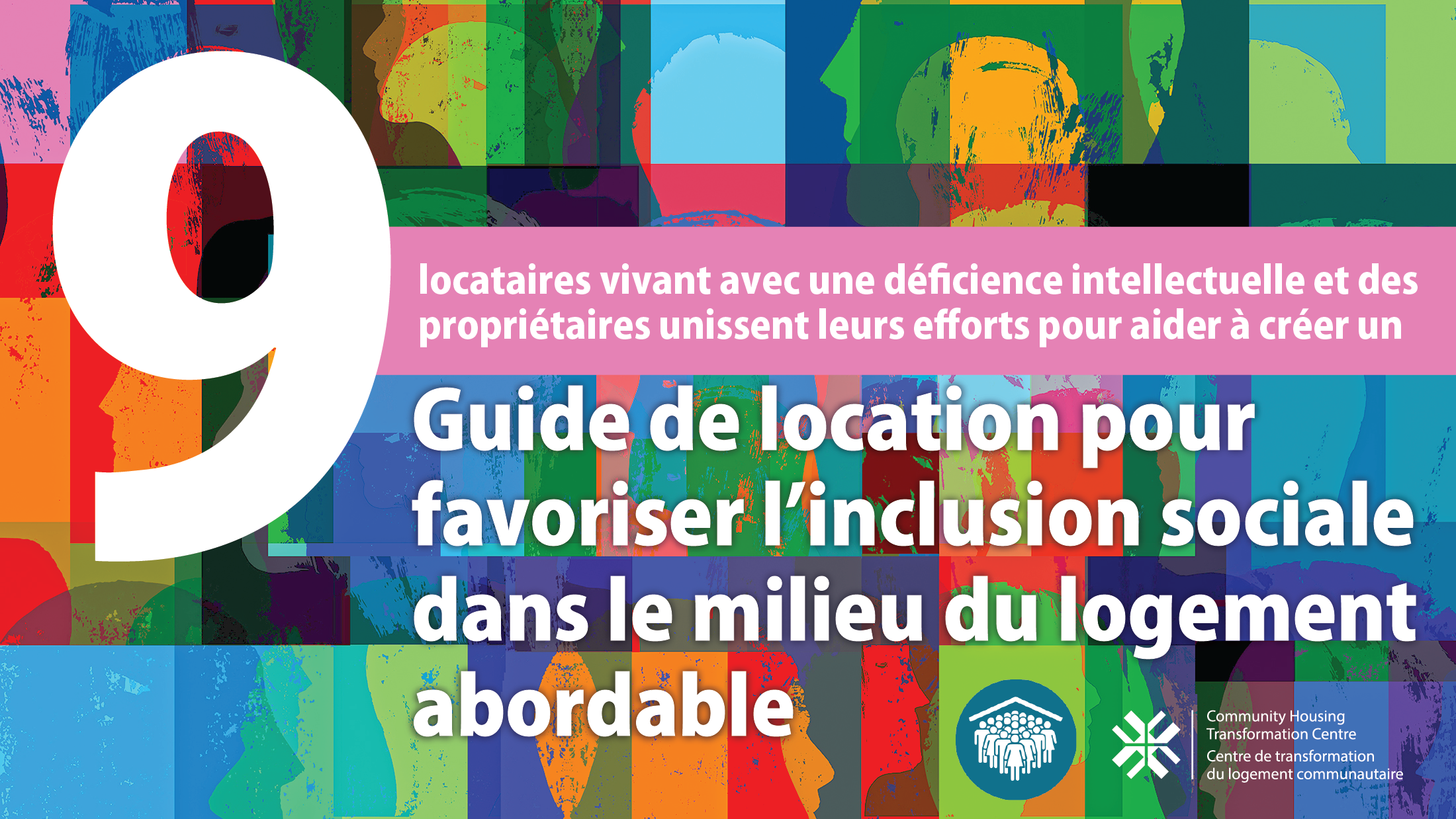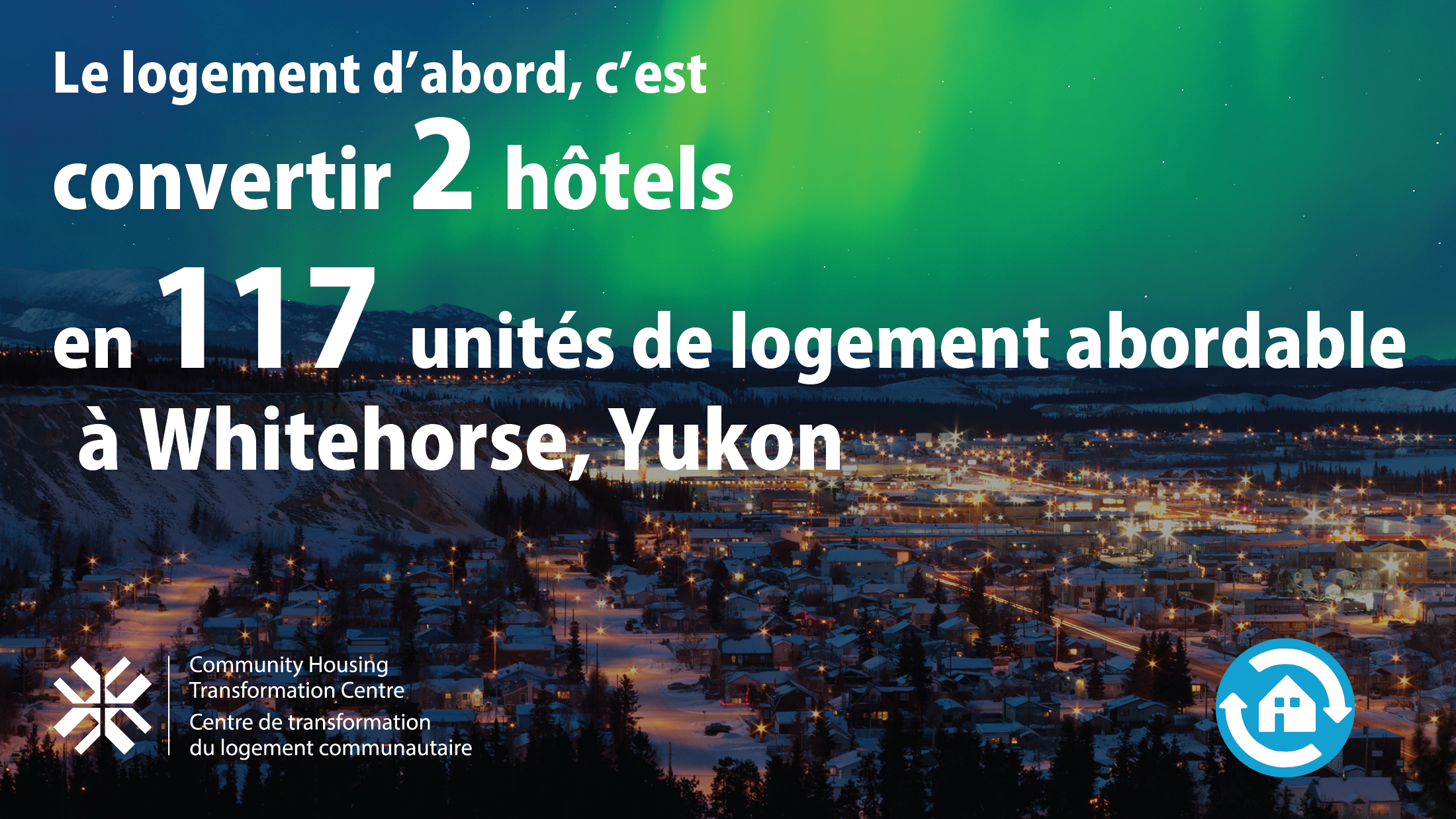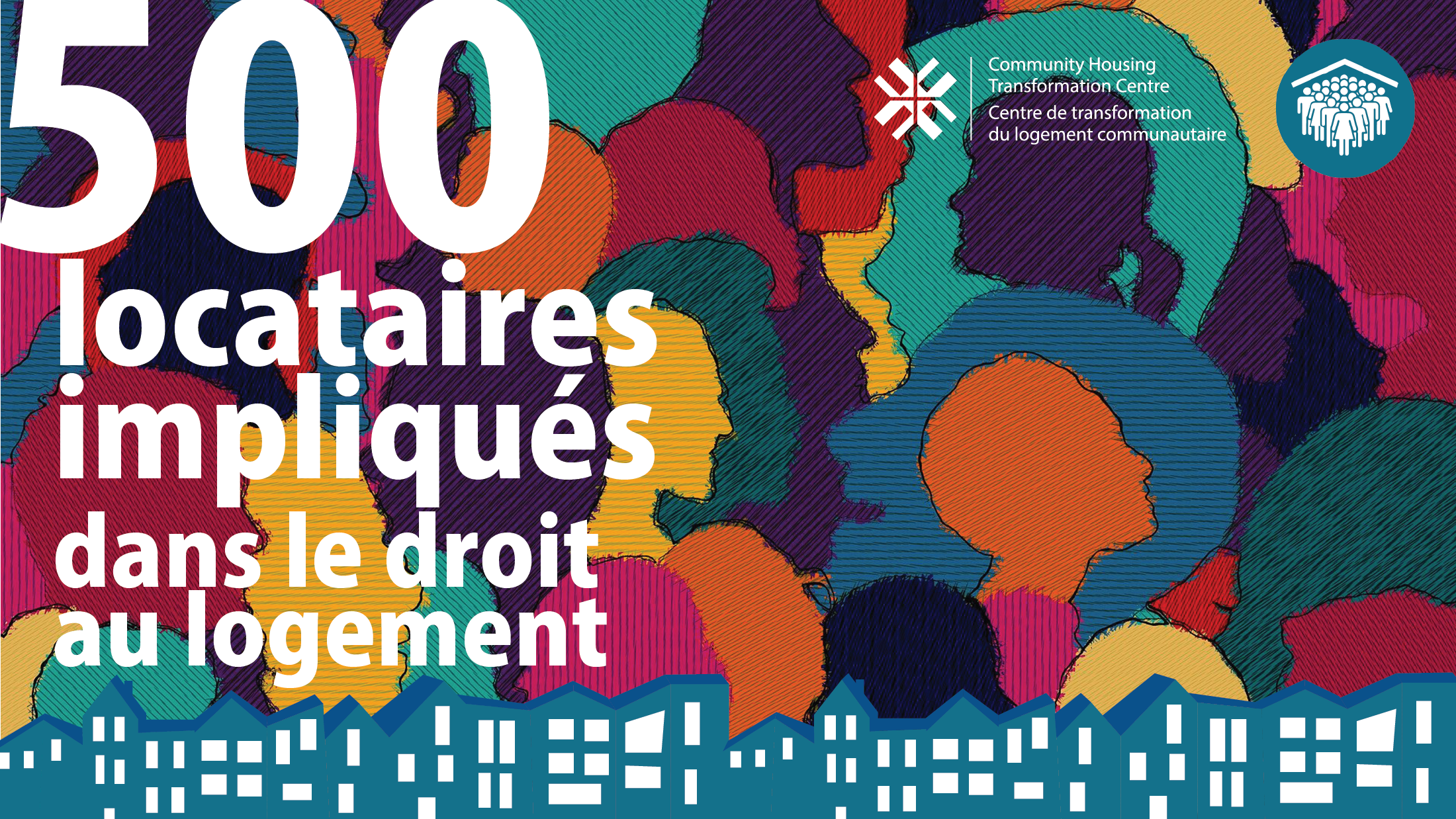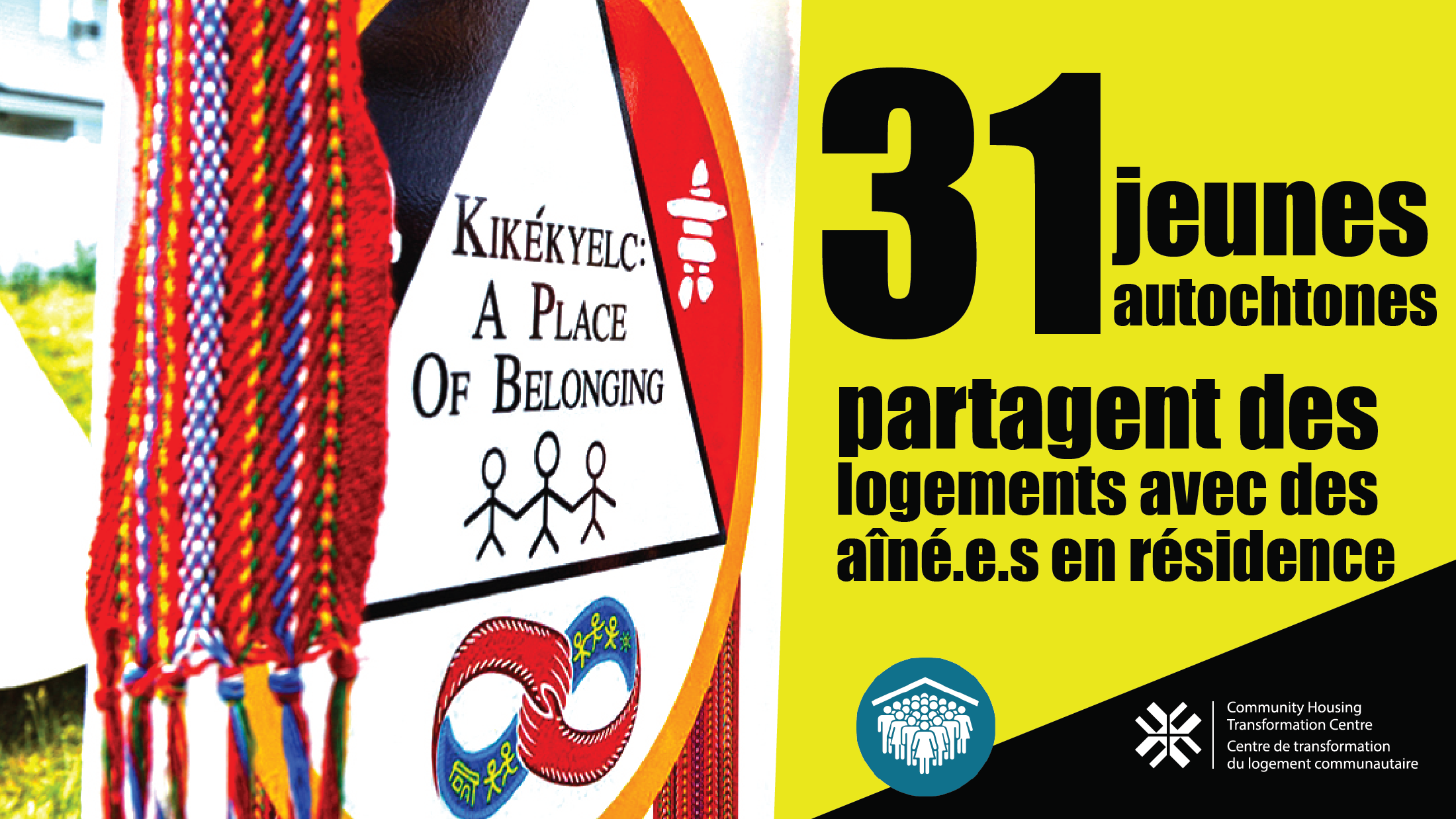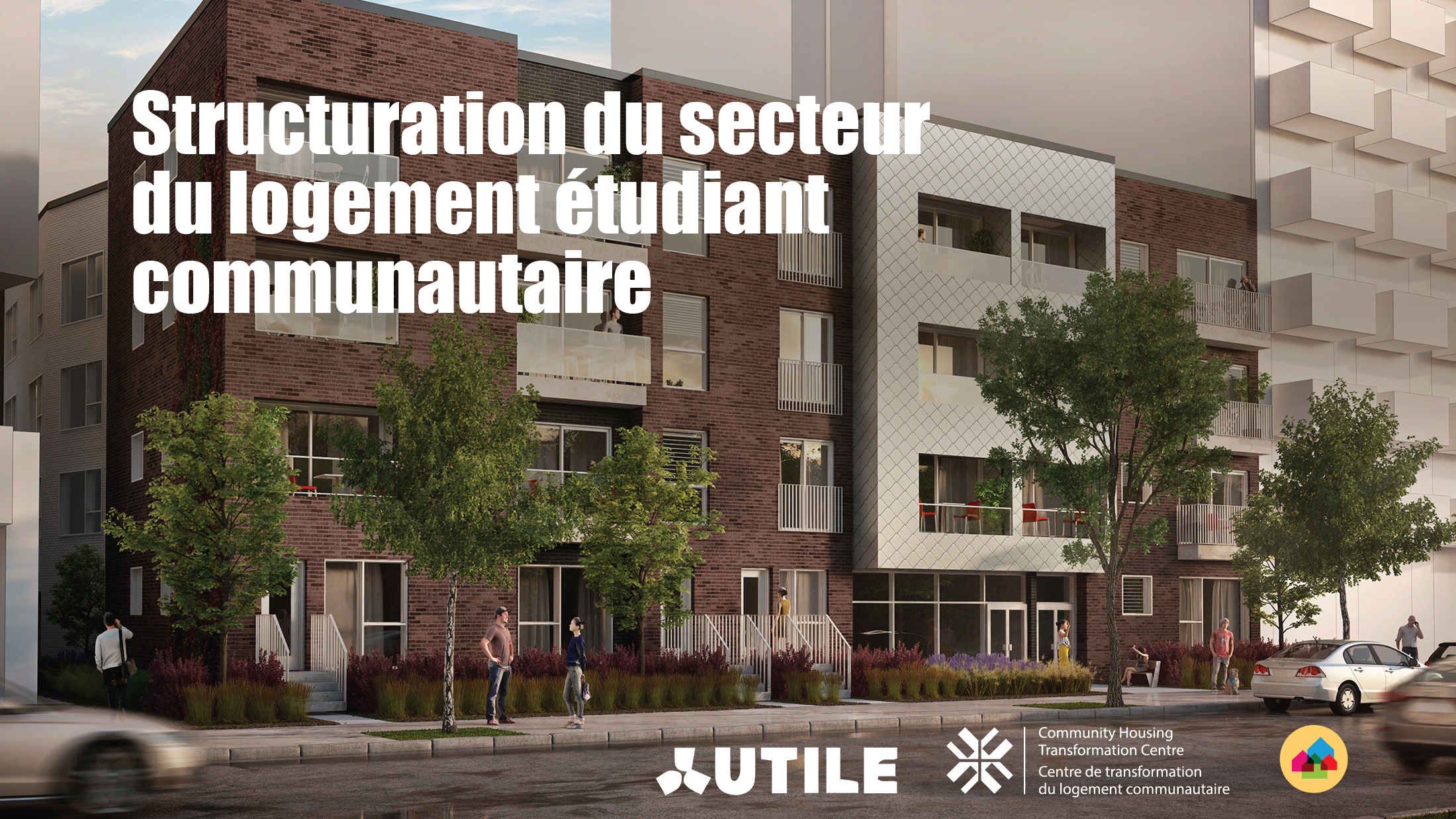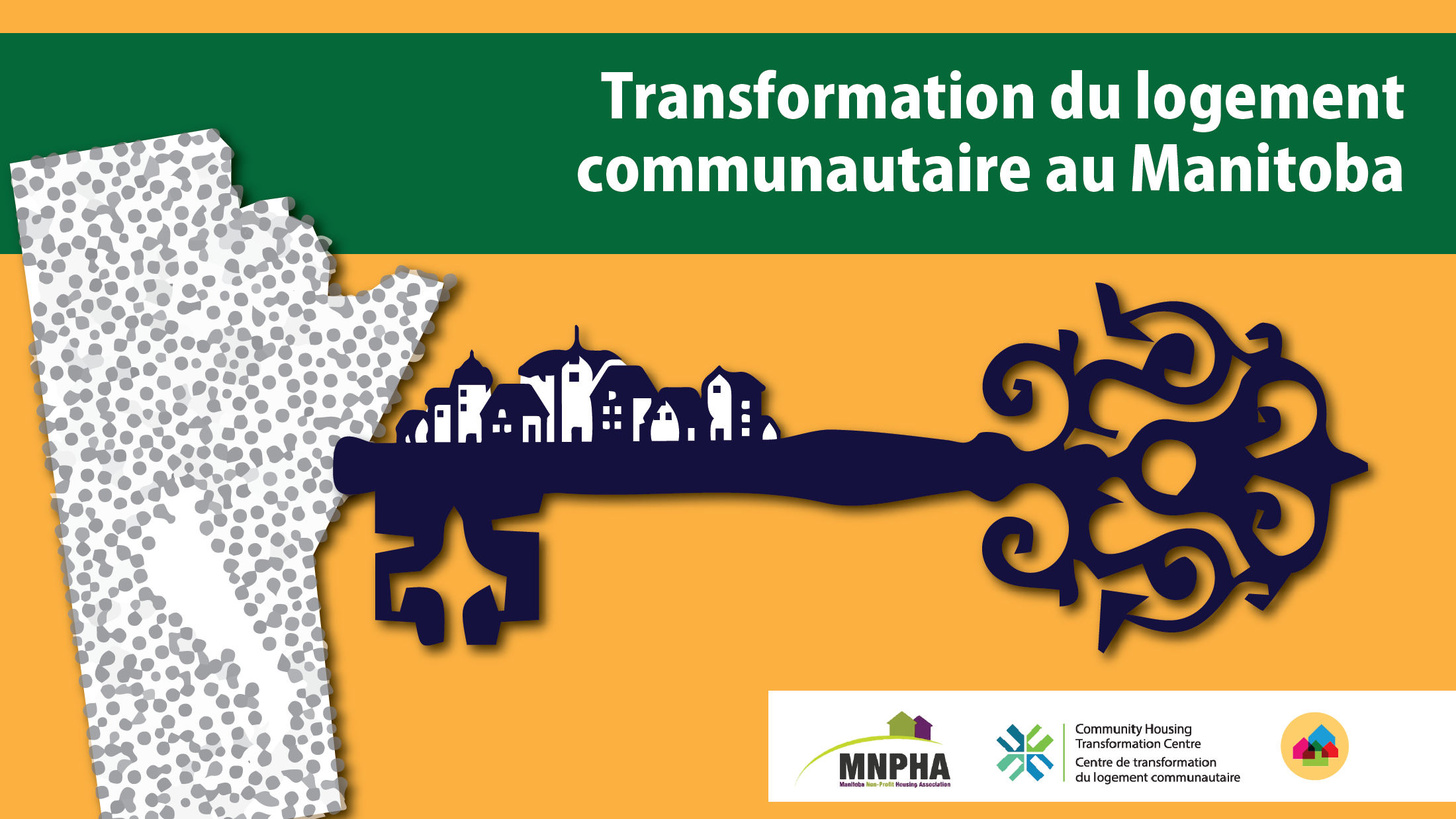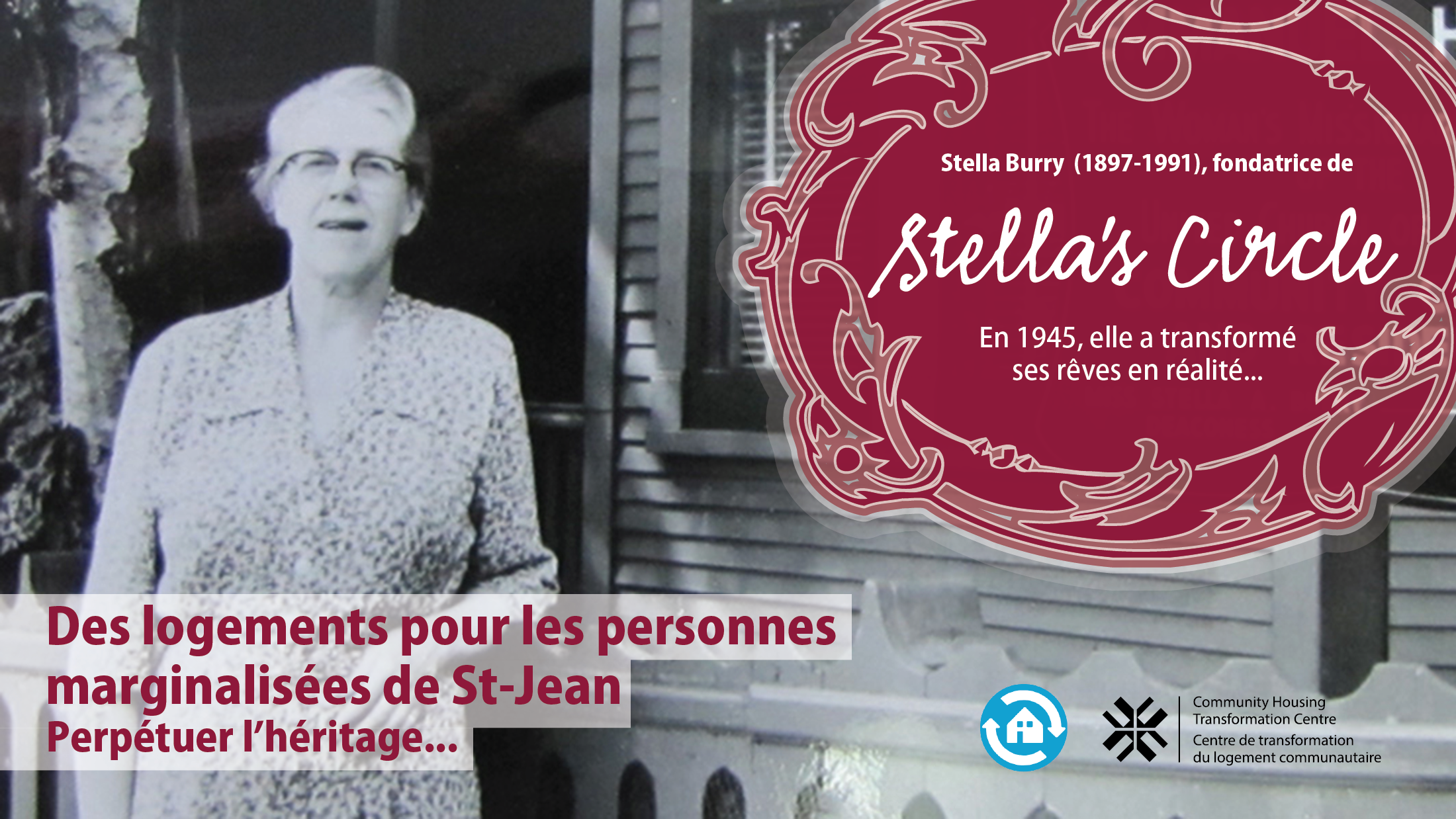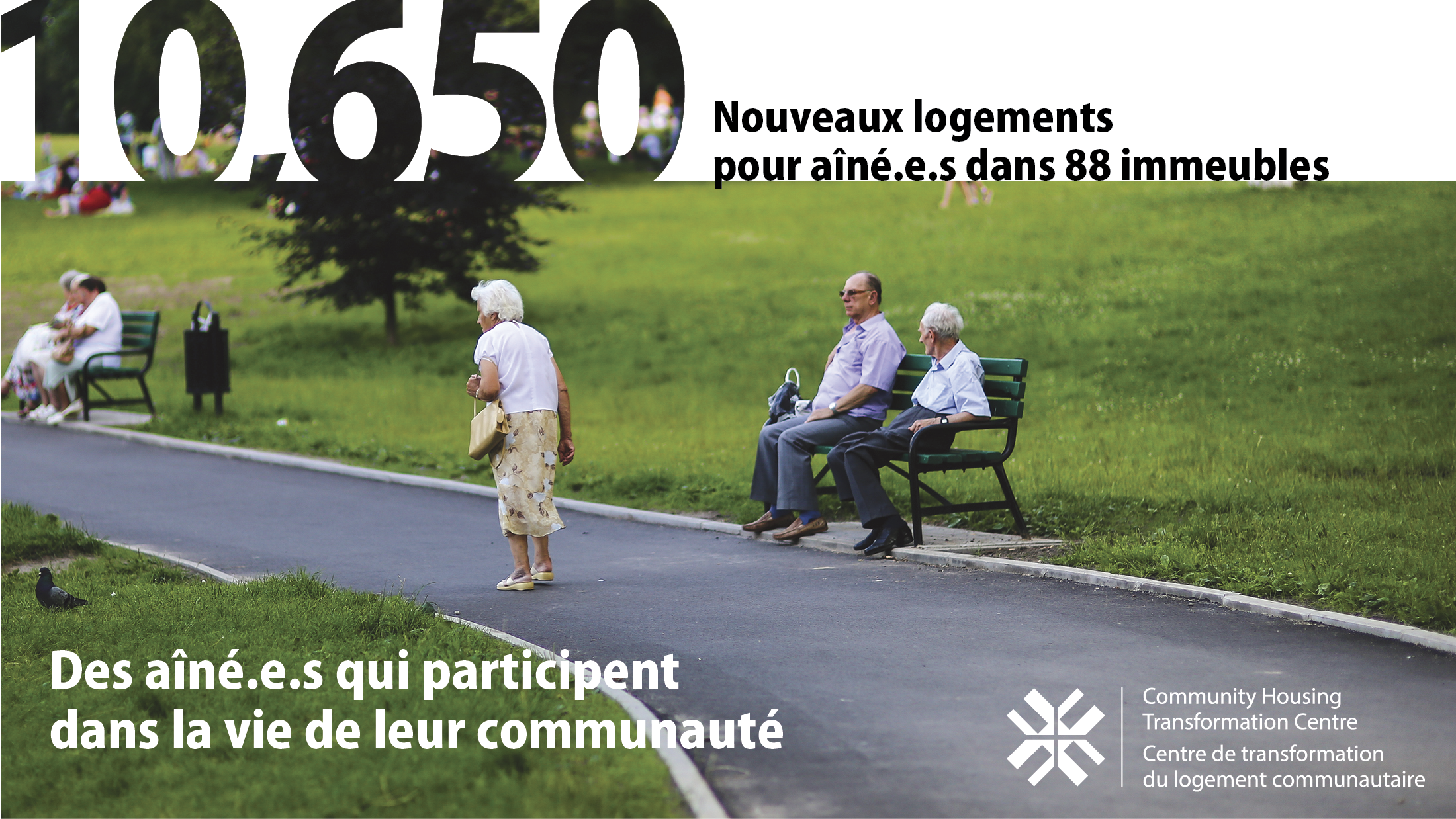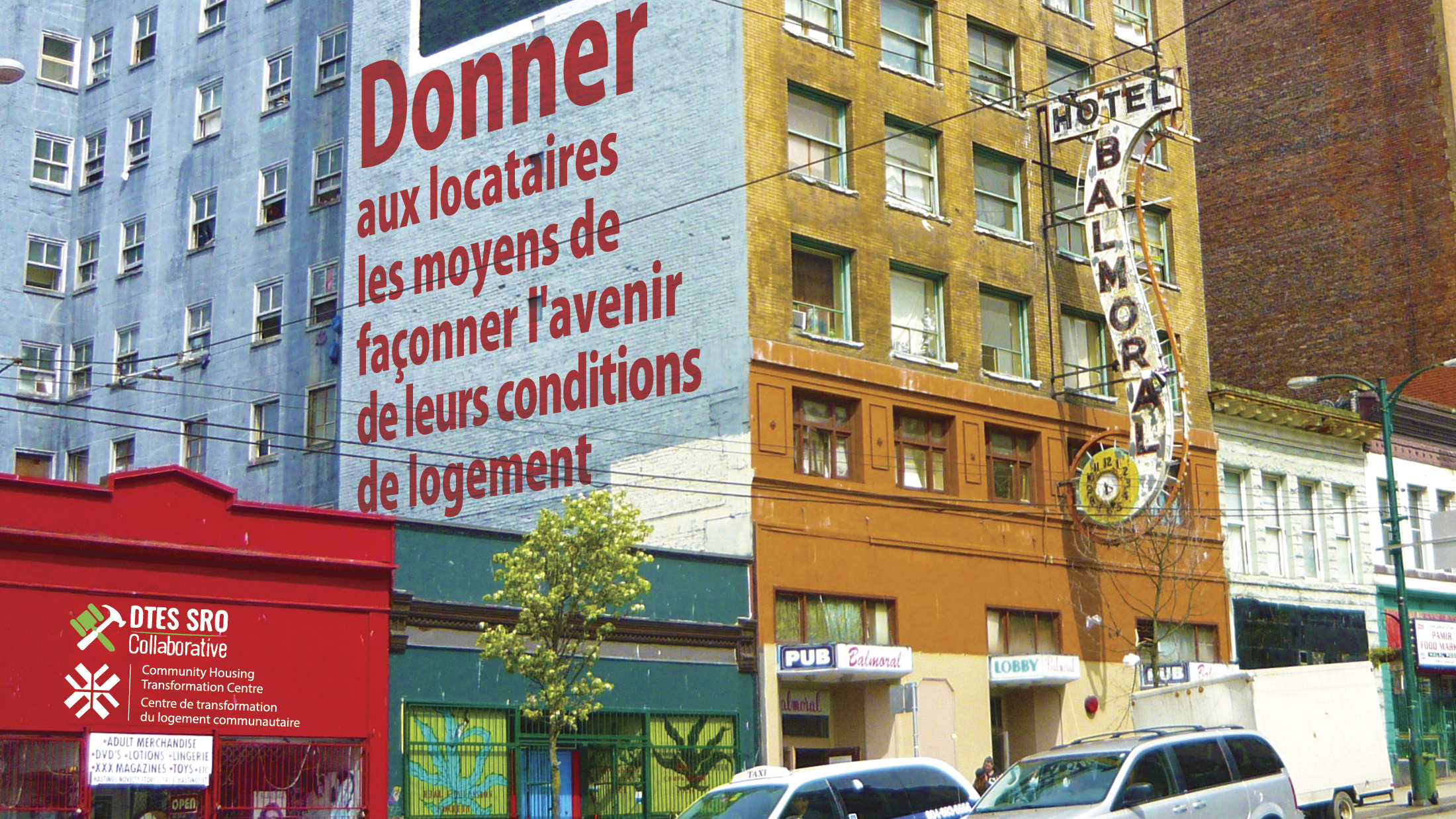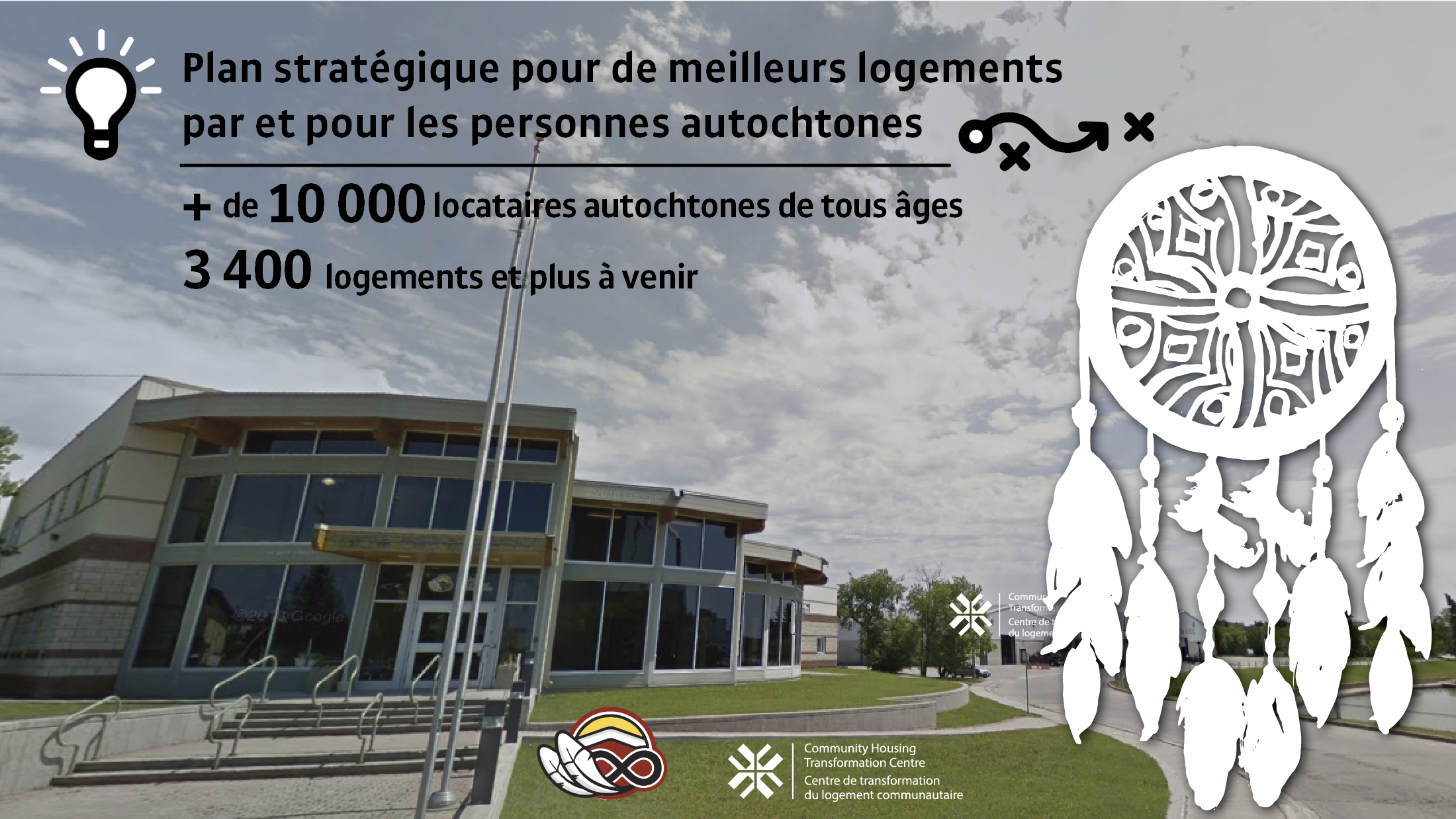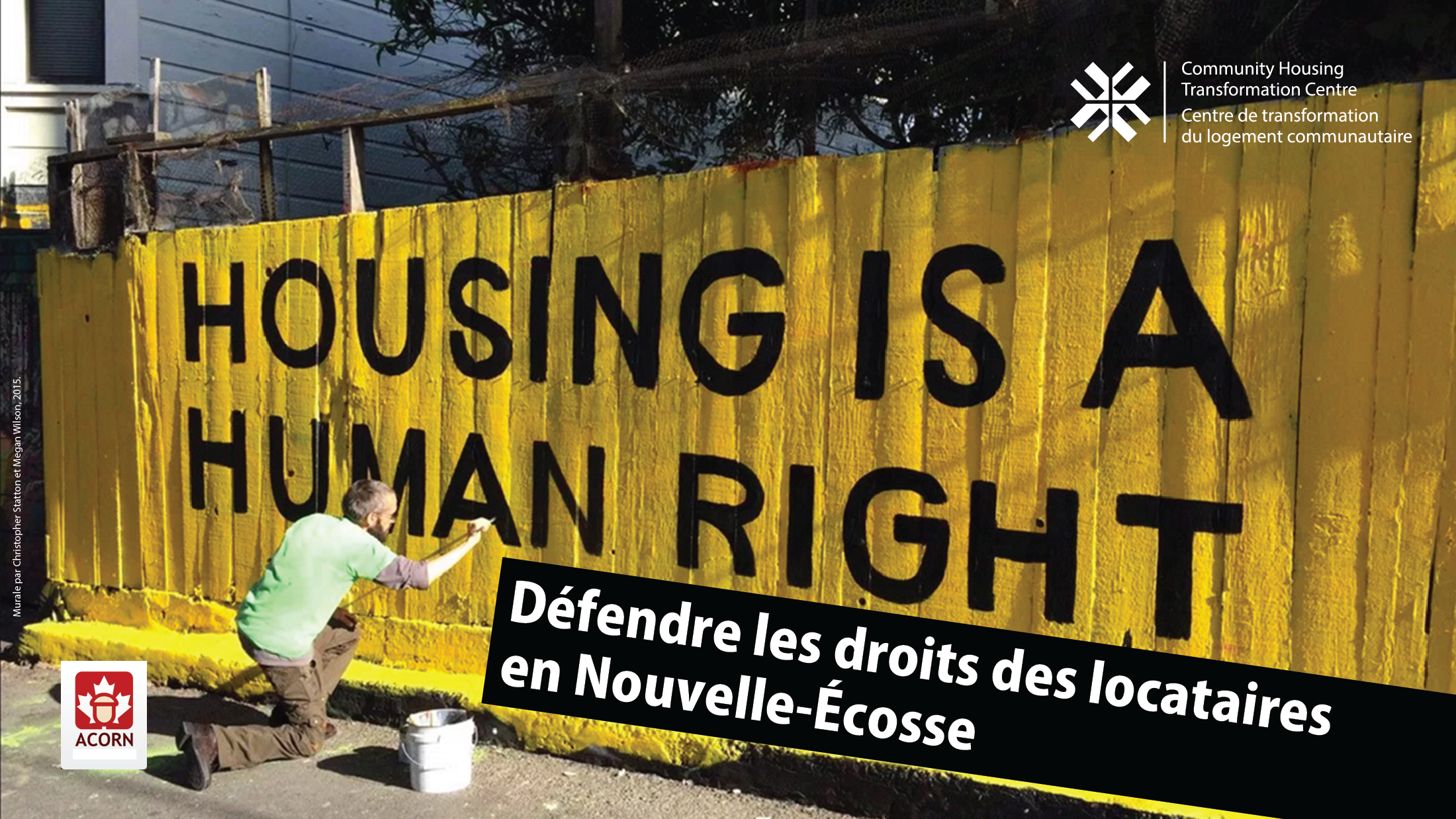Le Nunavut est confronté à une crise du logement sans précédent dans le pays. L’offre de logement est inadéquate pour la population, et bon nombre de personnes sont confrontées au surpeuplement et à l’insécurité chroniques liées au logement. Ces problèmes exacerbent d’autres enjeux sociaux, notamment la pauvreté, l’insécurité alimentaire, les dépendances et la violence familiale. La réalité du logement au Nunavut :
- Plus de la moitié de la population vit dans un logement social.
- Les listes d’attente pour l’accès aux logements sociaux sont longues.
- L’offre d’unités sur le marché de la location ou de l’accession à la propriété est très limitée.
- De nombreux logements sont loués par les gouvernements, des entreprises et d’autres grands employeurs, et sous-loués à leurs employés.
- Le logement de nombreuses personnes étant lié à leur emploi, cela crée des obstacles à la mobilité professionnelle.
- Les OBNL et les petites entreprises qui n’ont pas de logement pour leurs employés ont du mal à trouver et à conserver du personnel.
Ce projet évaluera la situation en :
- Analysant le marché du logement au Nunavut, en se concentrant sur Iqaluit.
- Menant des consultations publiques sur la façon dont les locataires sont touchés par le système actuel.
- Examinant les systèmes alternatifs et en déterminant s’ils sont adaptables au Nunavut.
- Effectuant une analyse coûts-bénéfices du système de logement des employés par rapport aux autres systèmes, y compris les coûts pour le gouvernement et les autres institutions, les taux d’inoccupation, le surpeuplement, la mobilité de la main-d’œuvre et la participation des locataires au processus décisionnel.
Partenaires :
Cette initiative est menée par un ensemble de représentants d’organismes sans but lucratif opérant au Nunavut, la Nunavut Association of Non-Profit Organizations, et dirigée par le Qajuqturvik Community Food Centre, dont le mandat est de s’attaquer aux problèmes systémiques liés à l’insécurité alimentaire et à la pauvreté.



